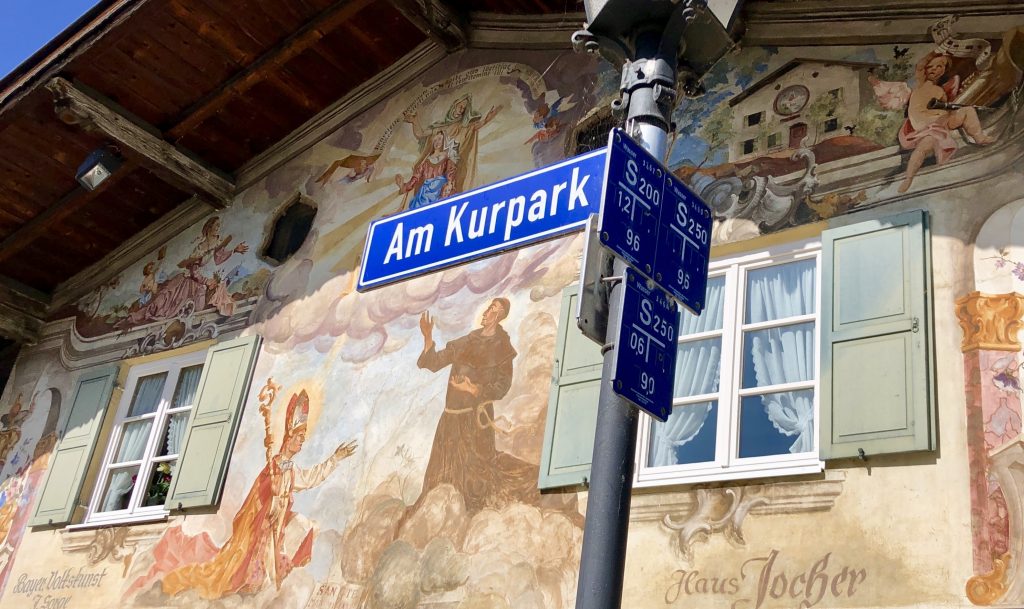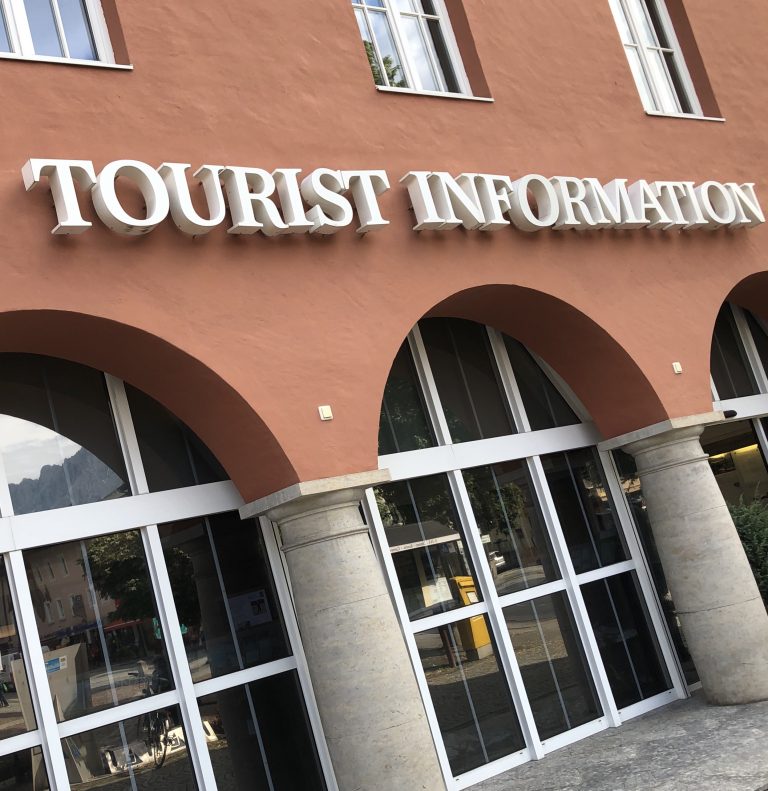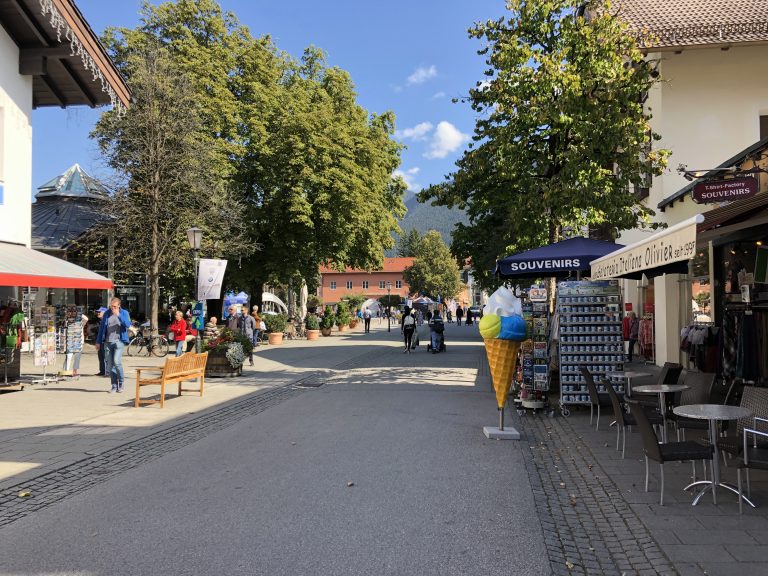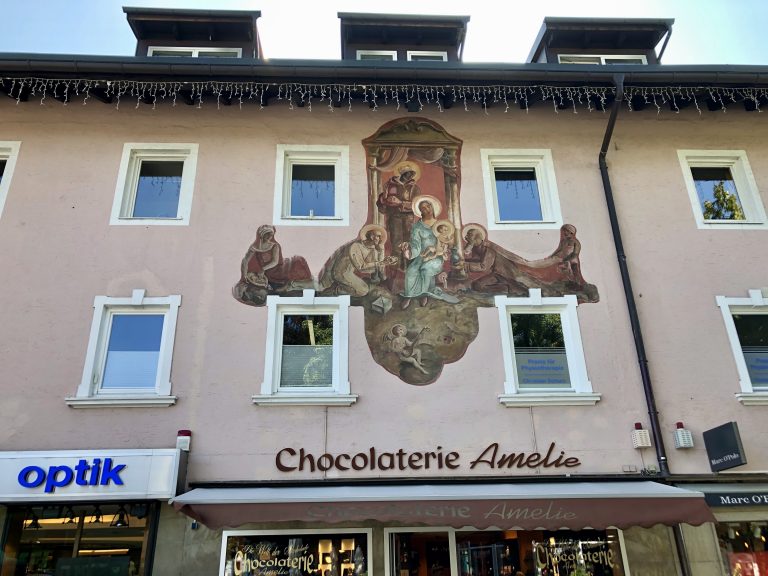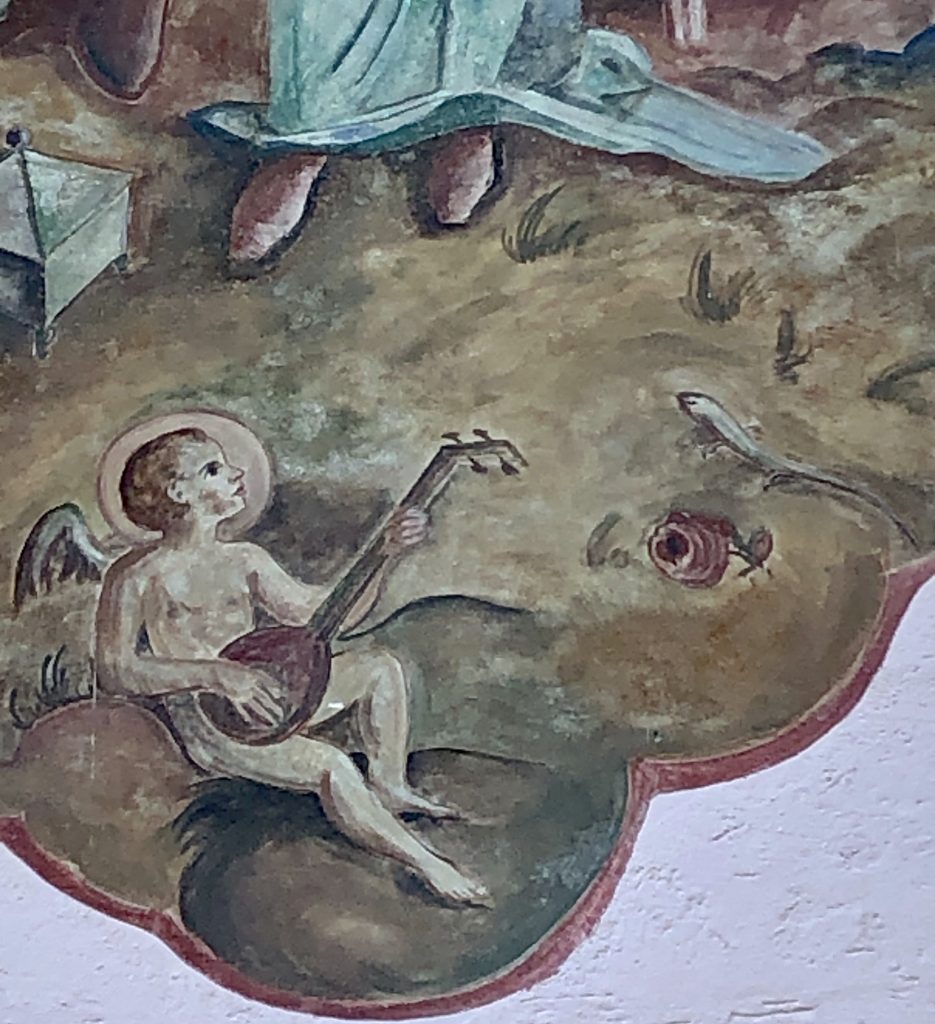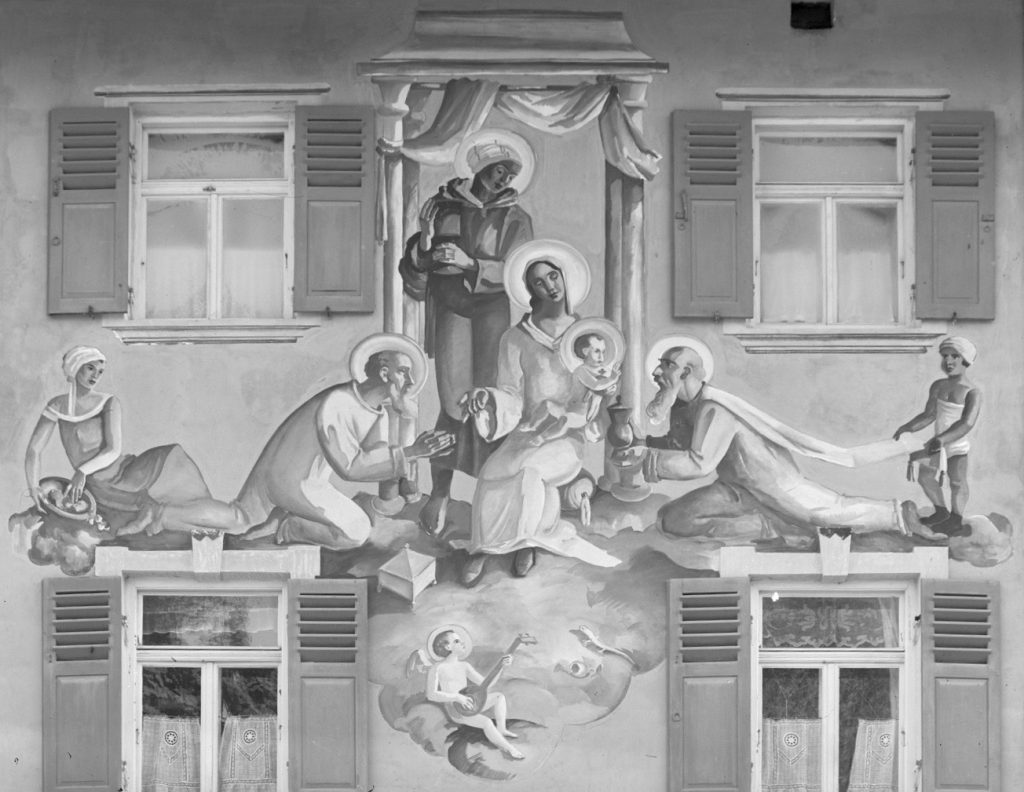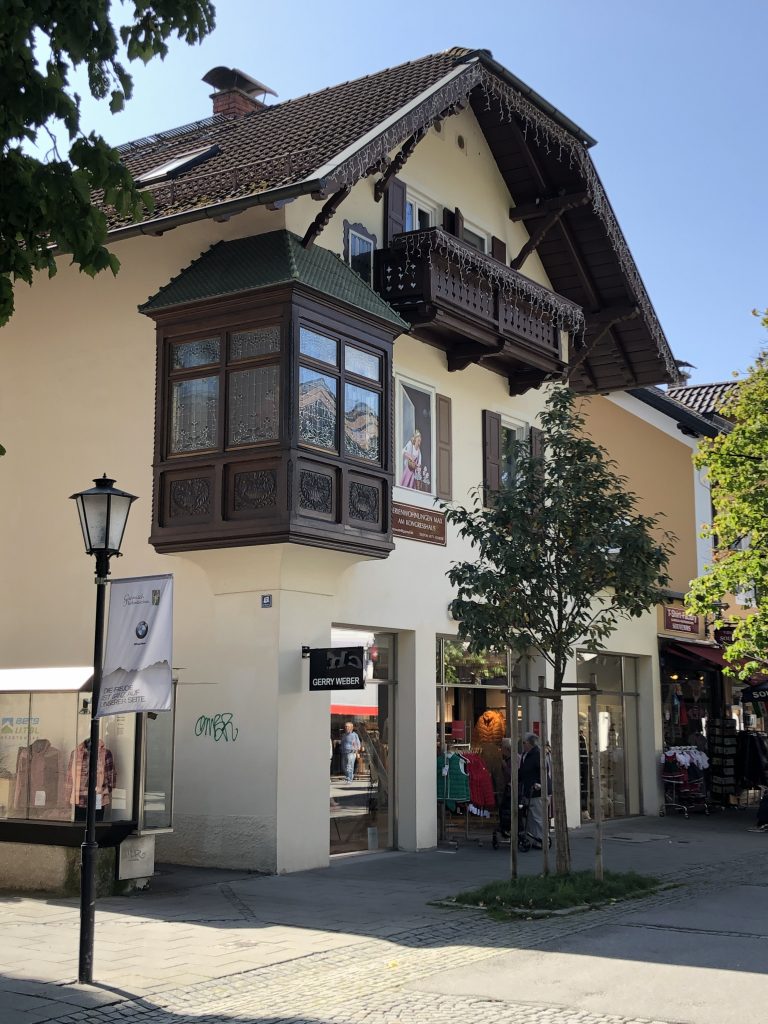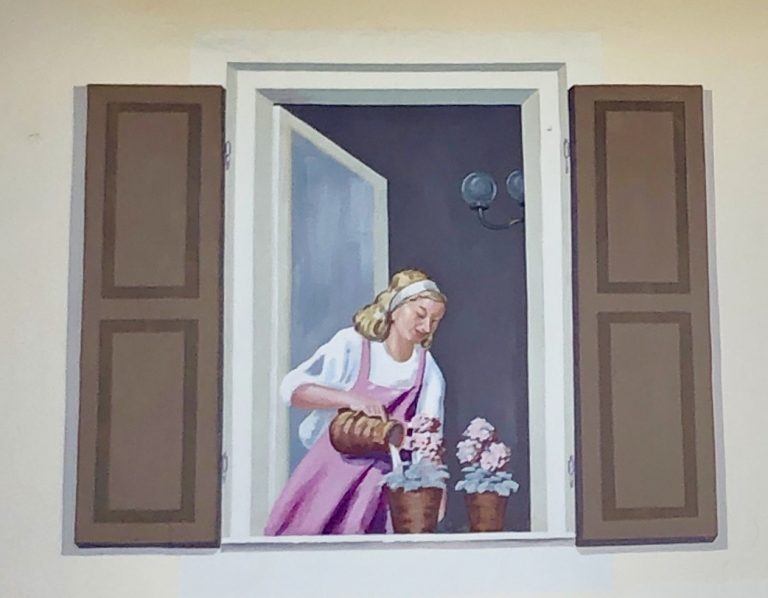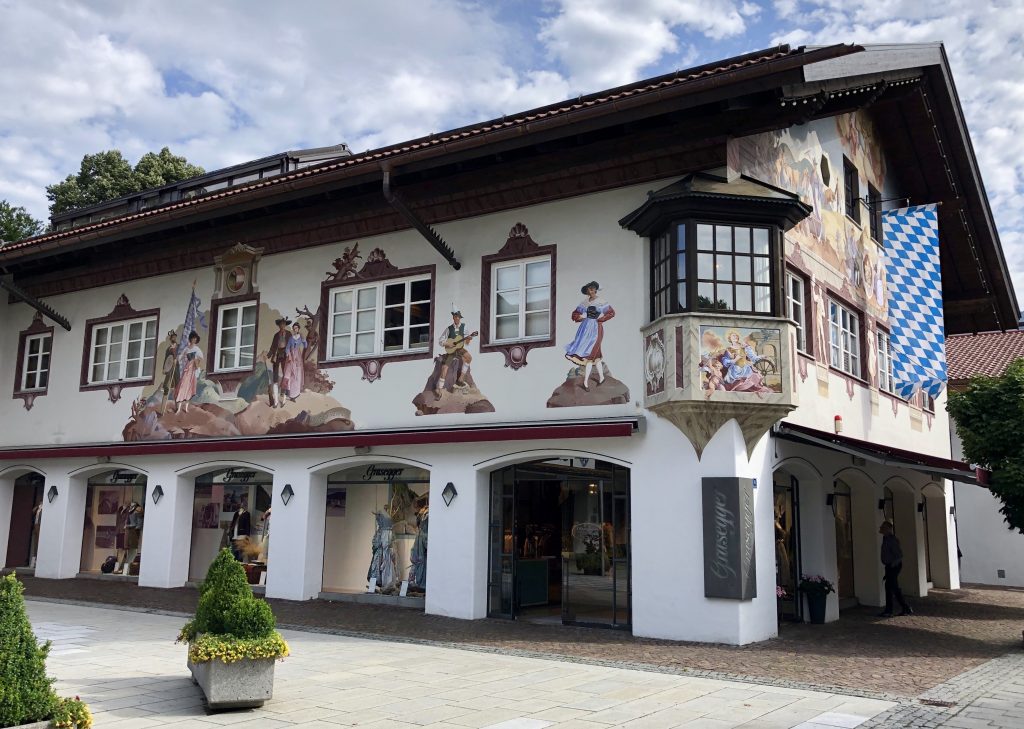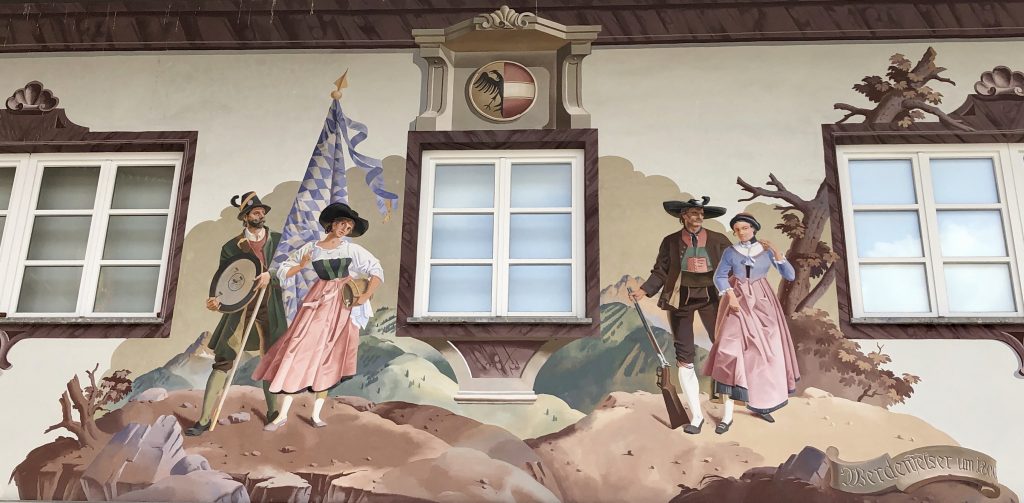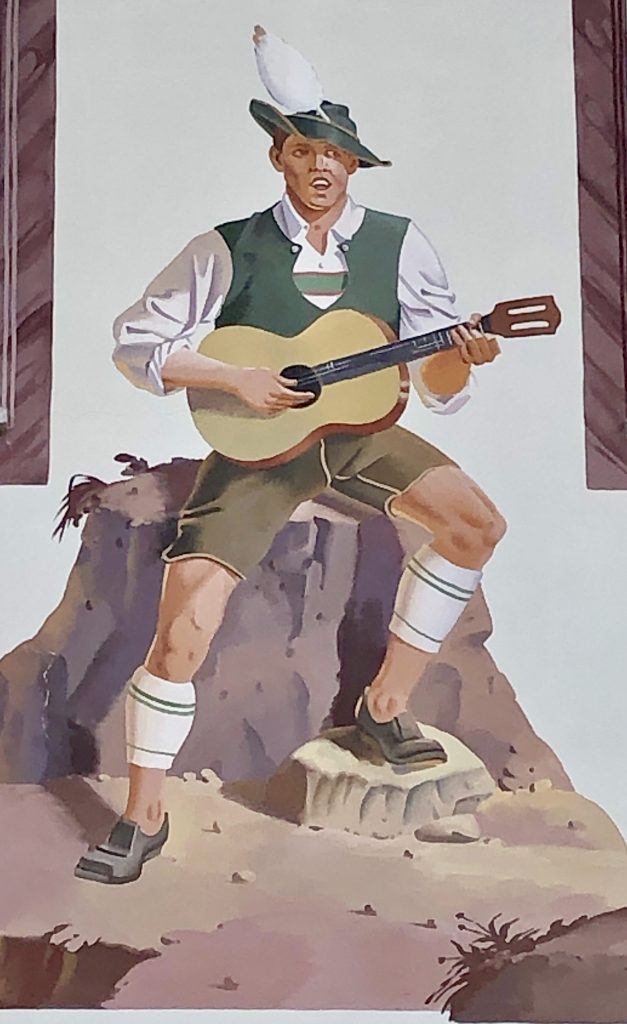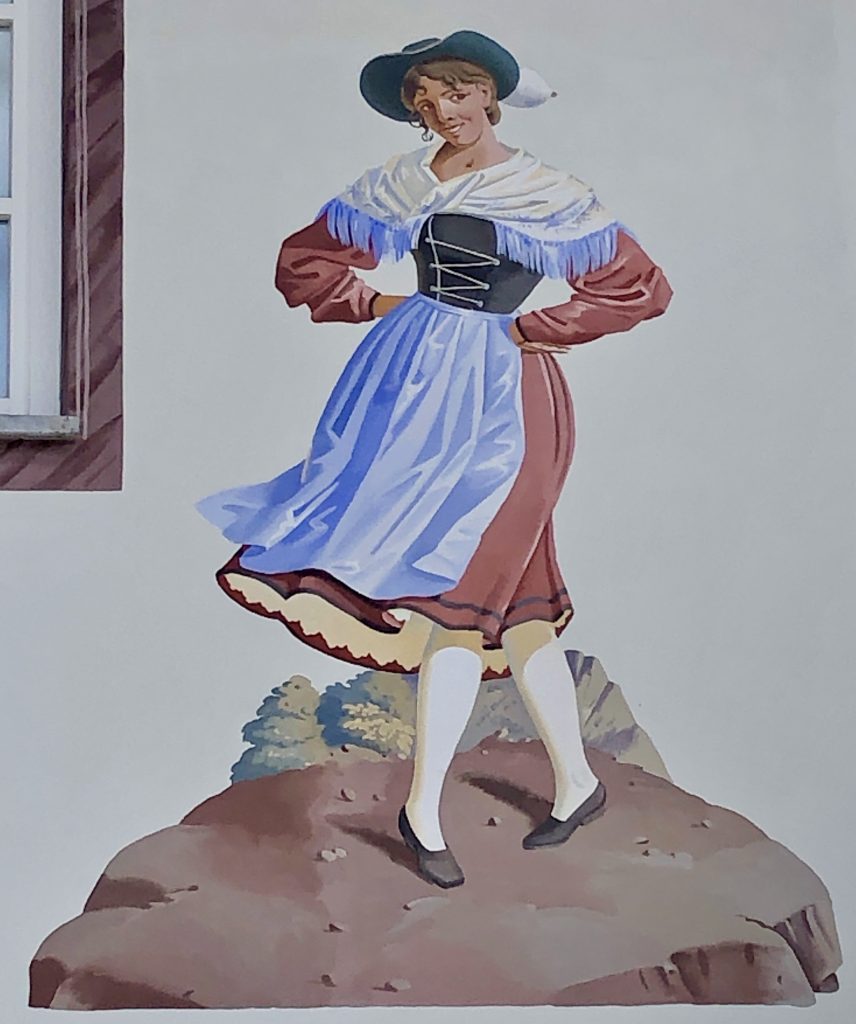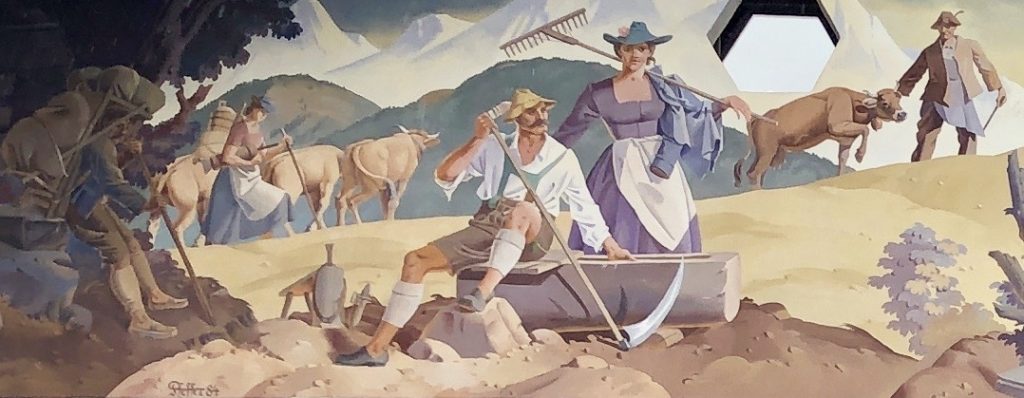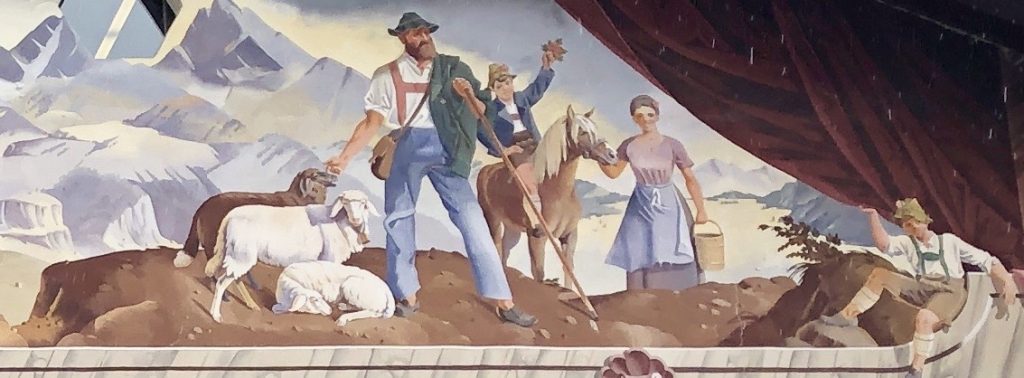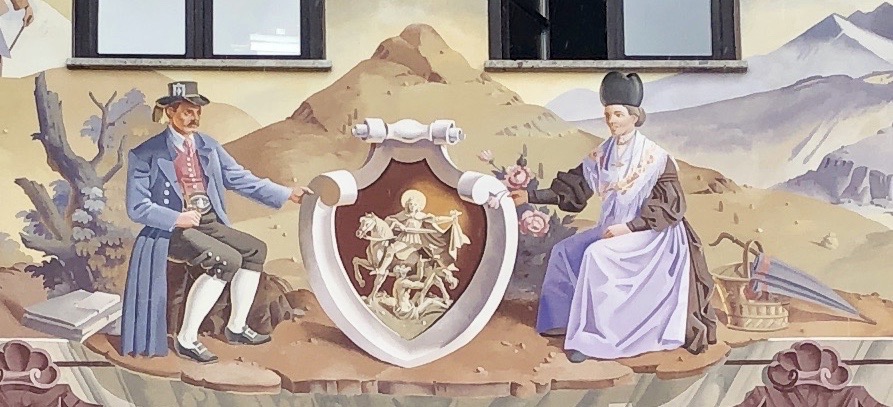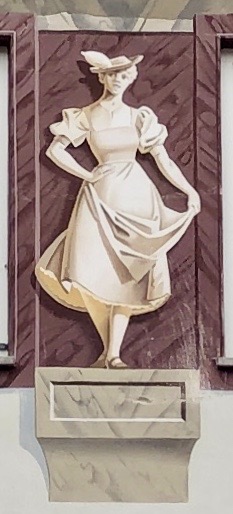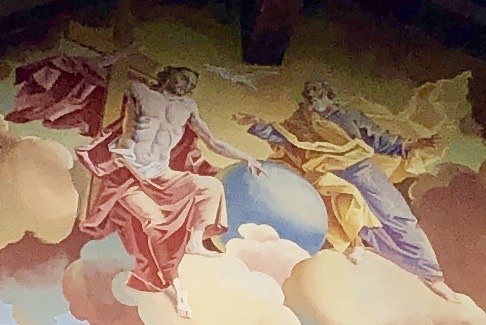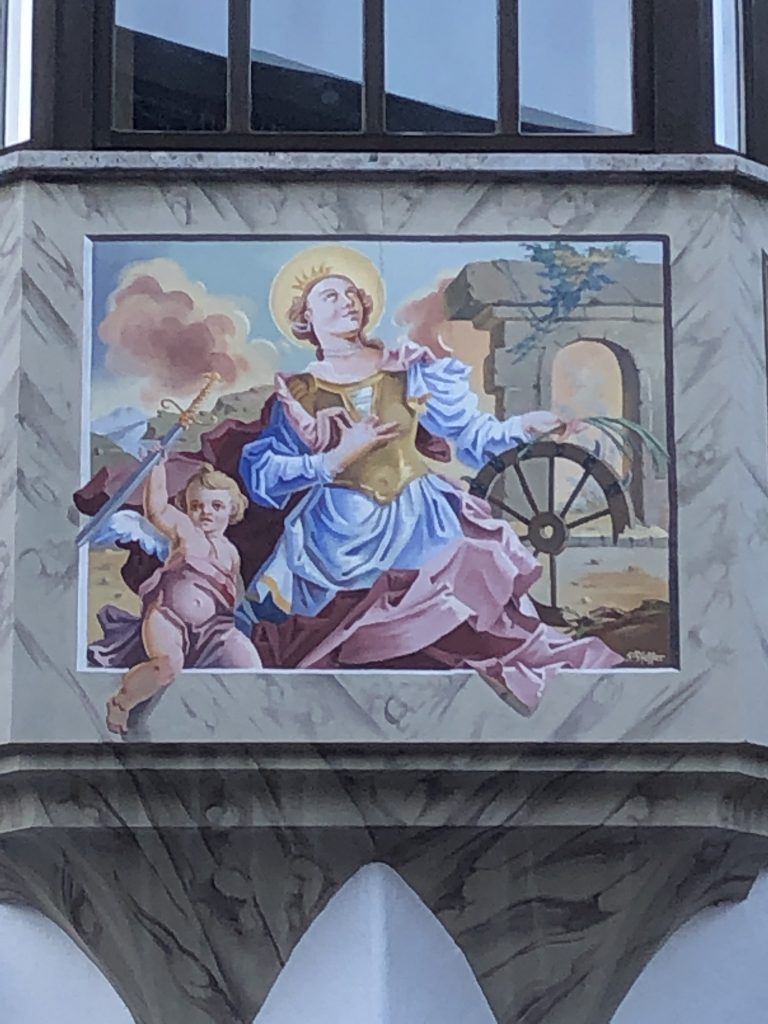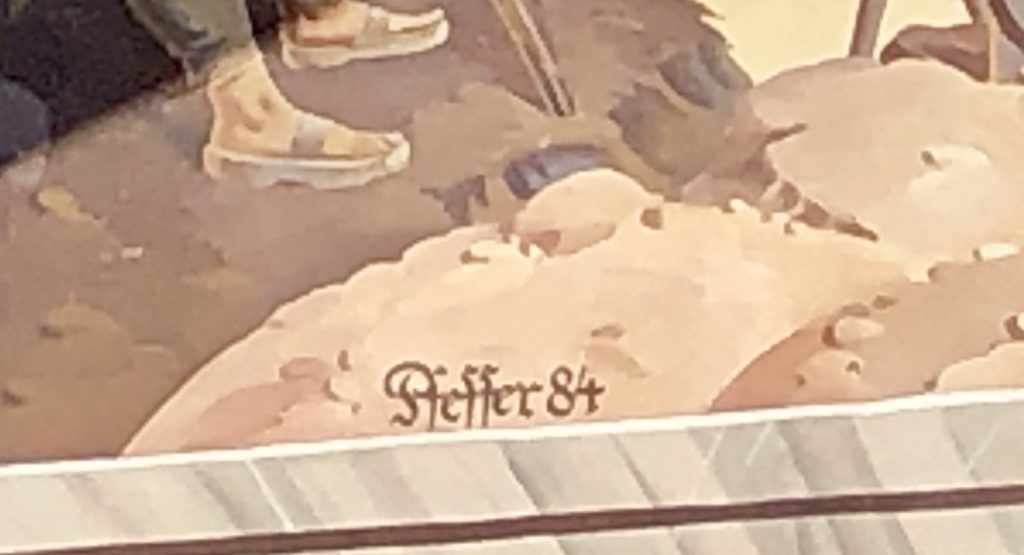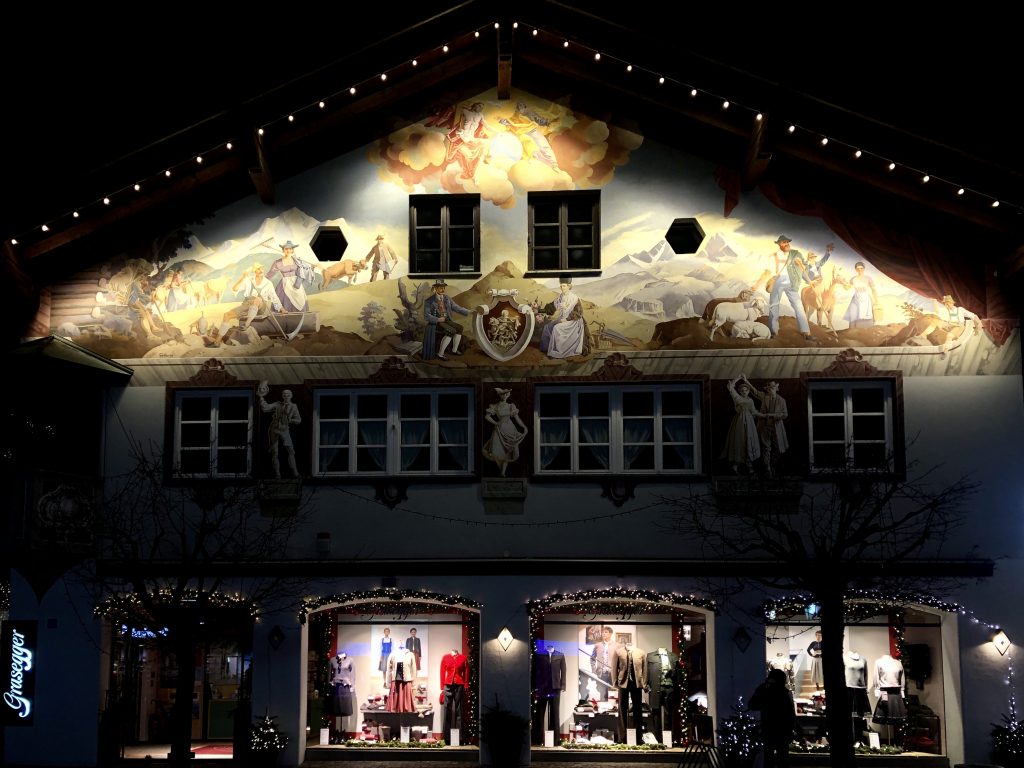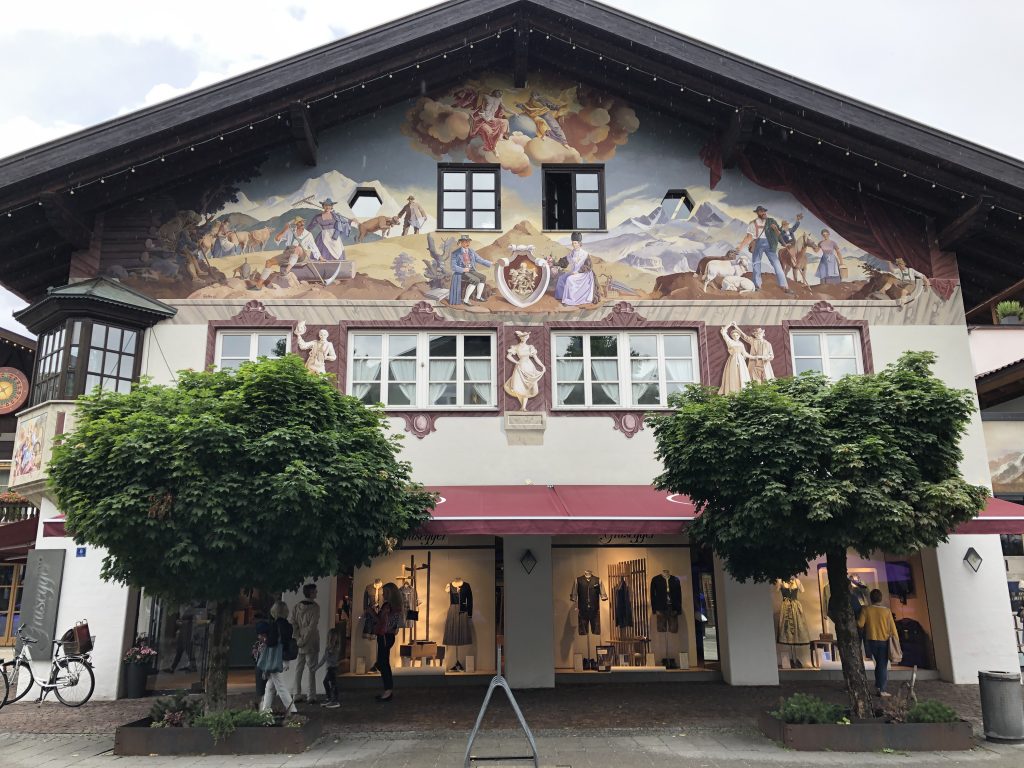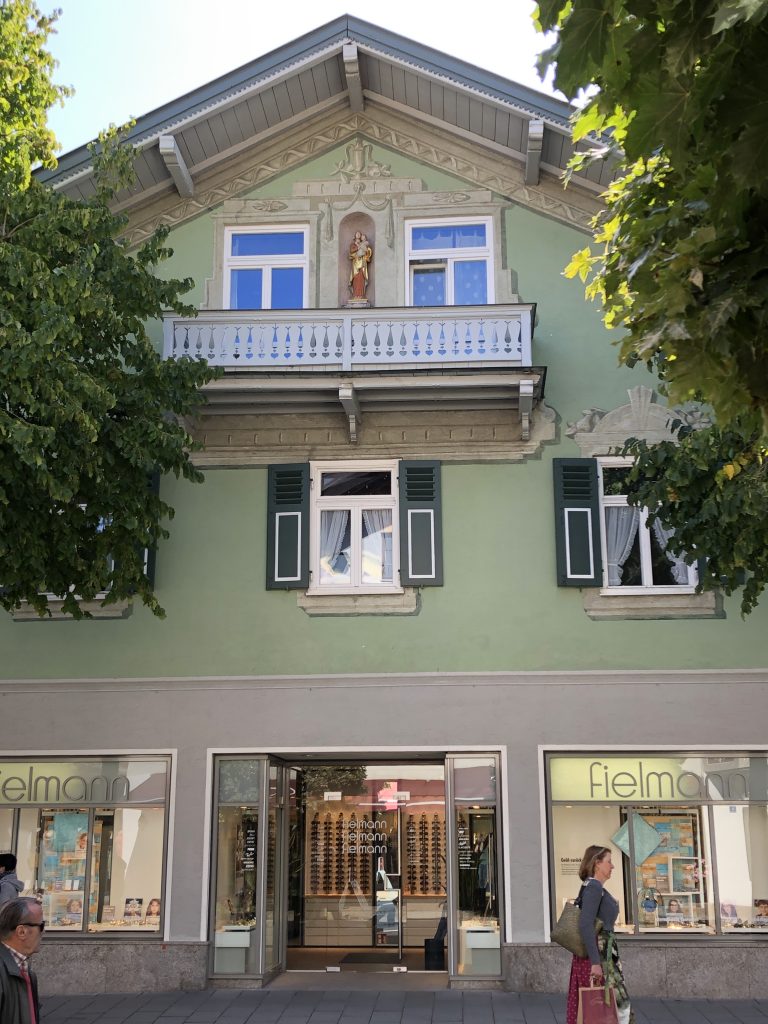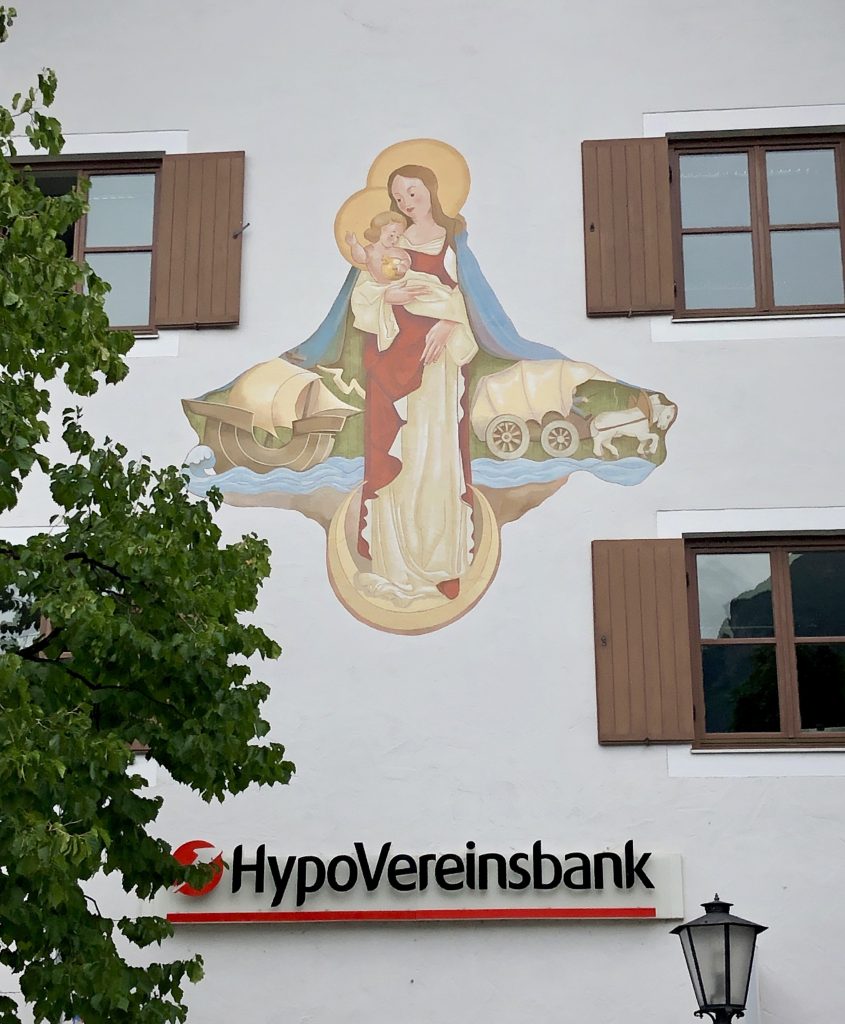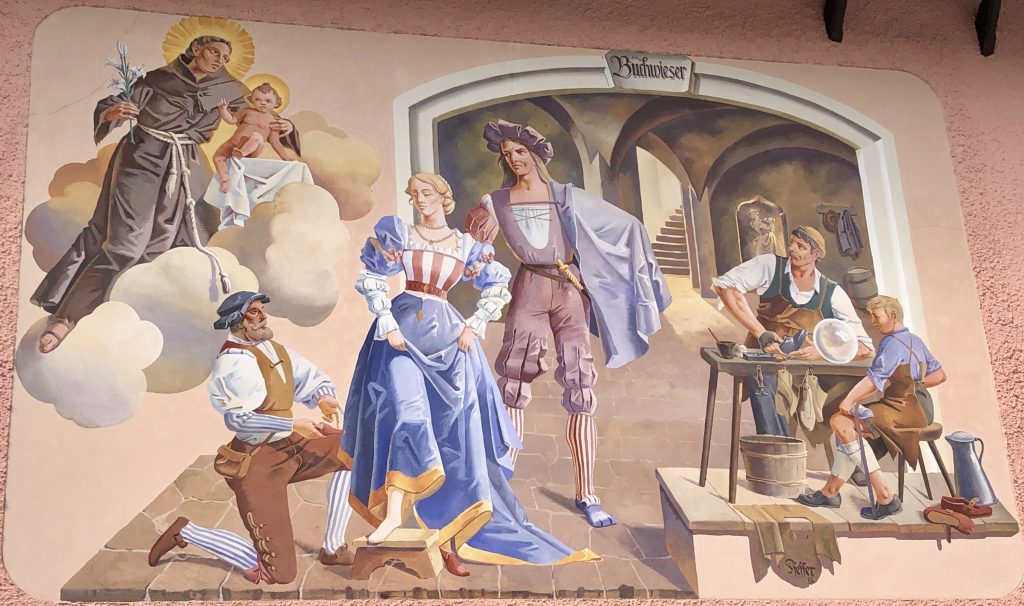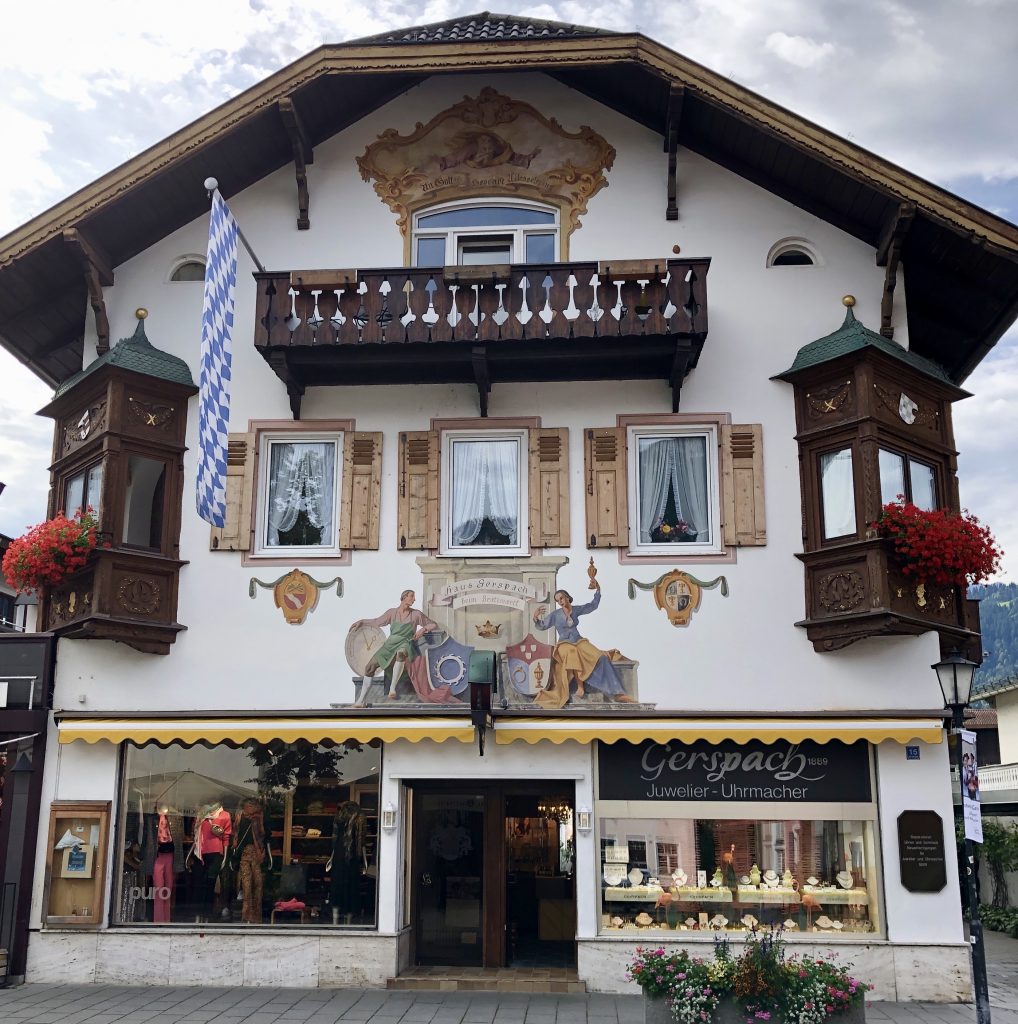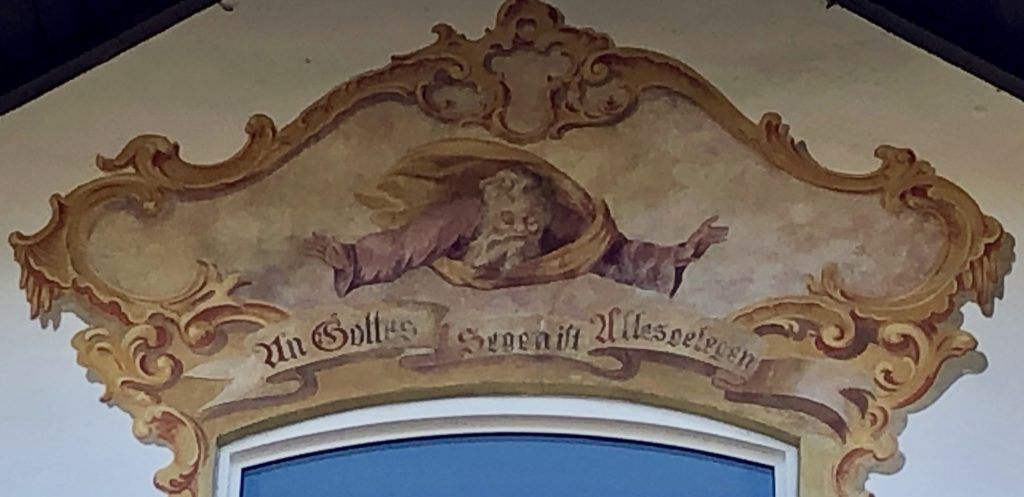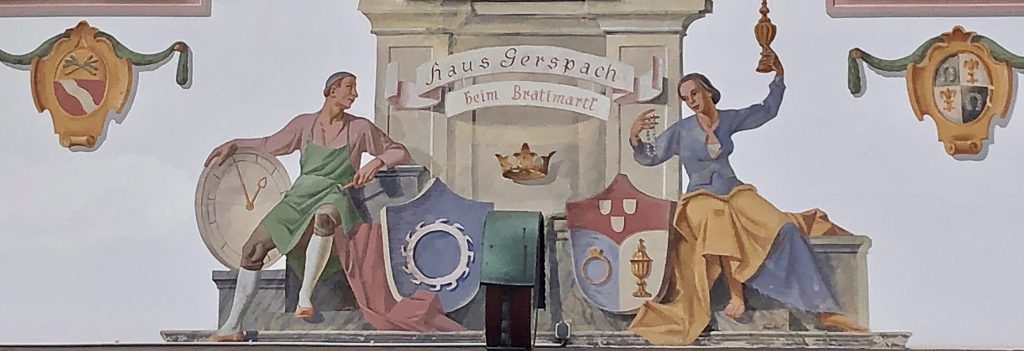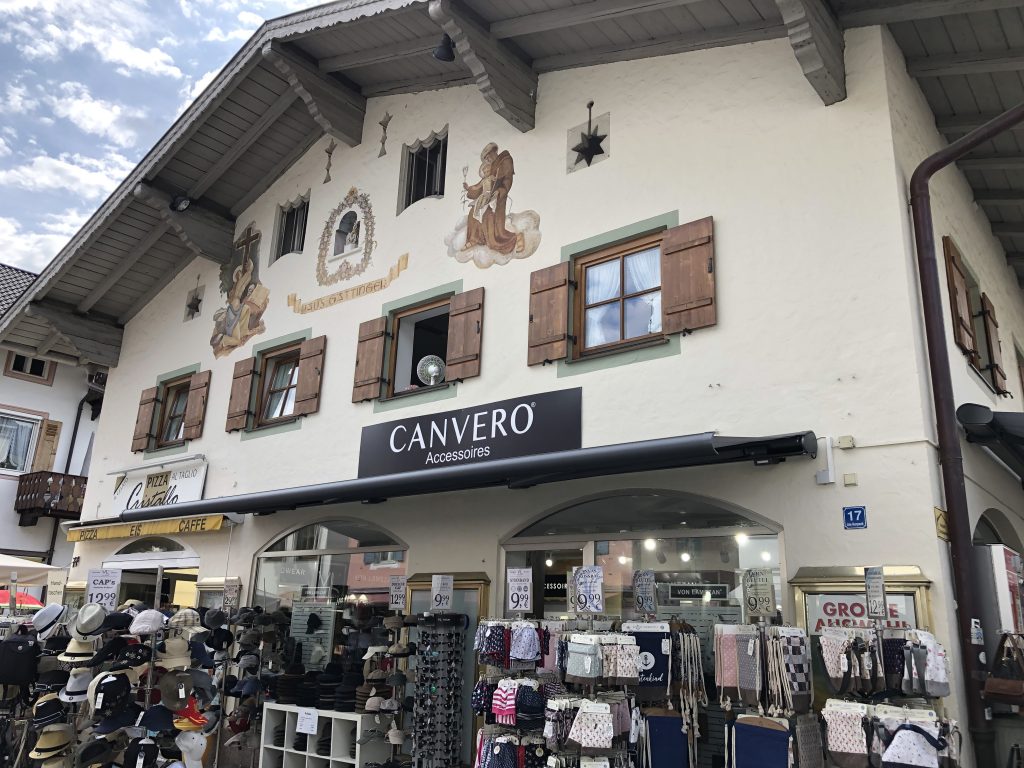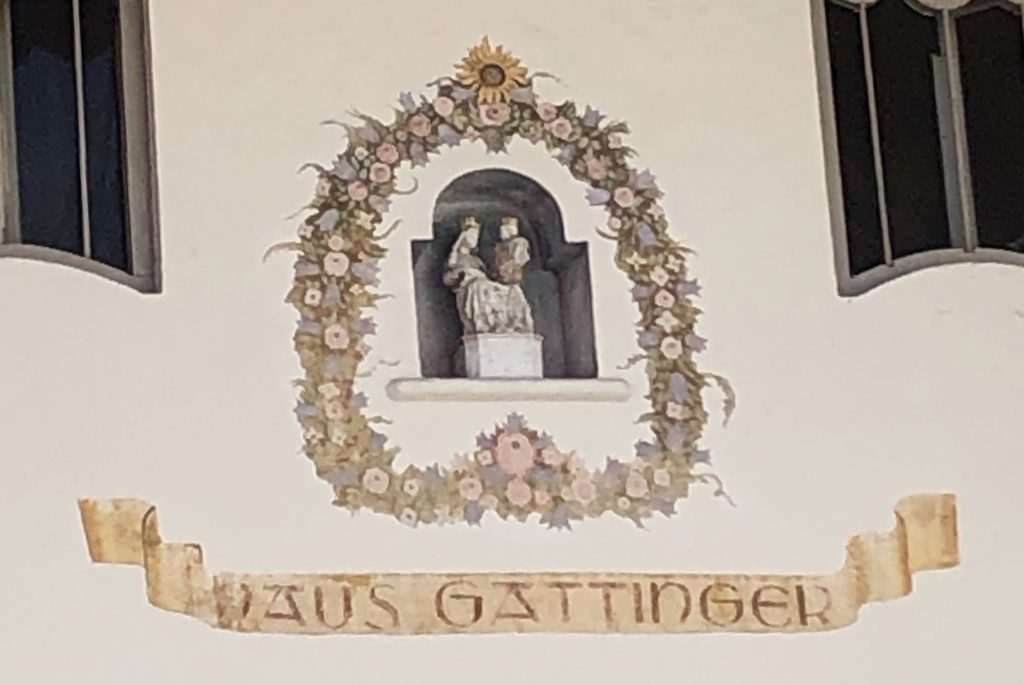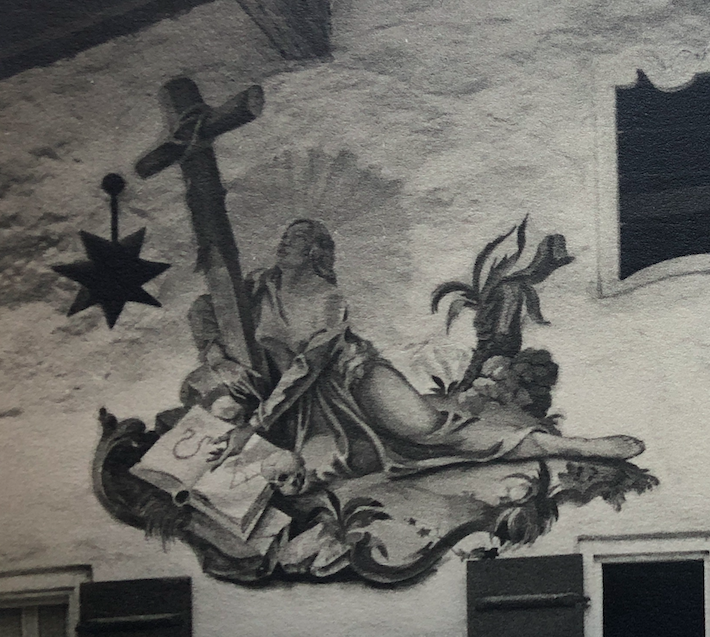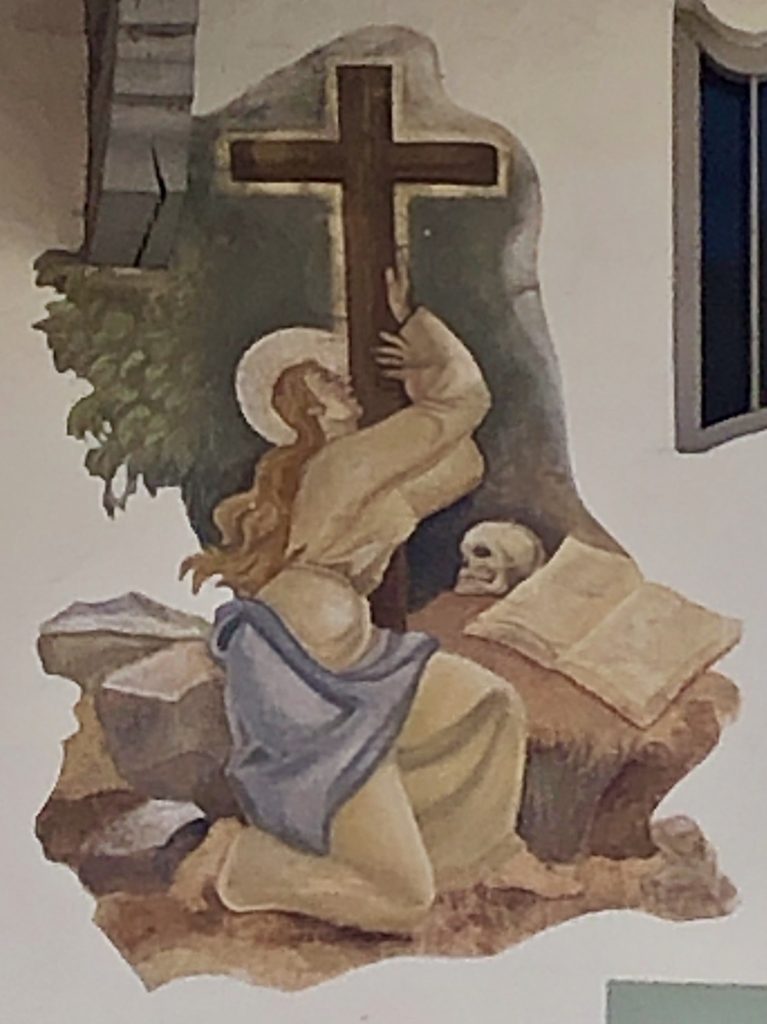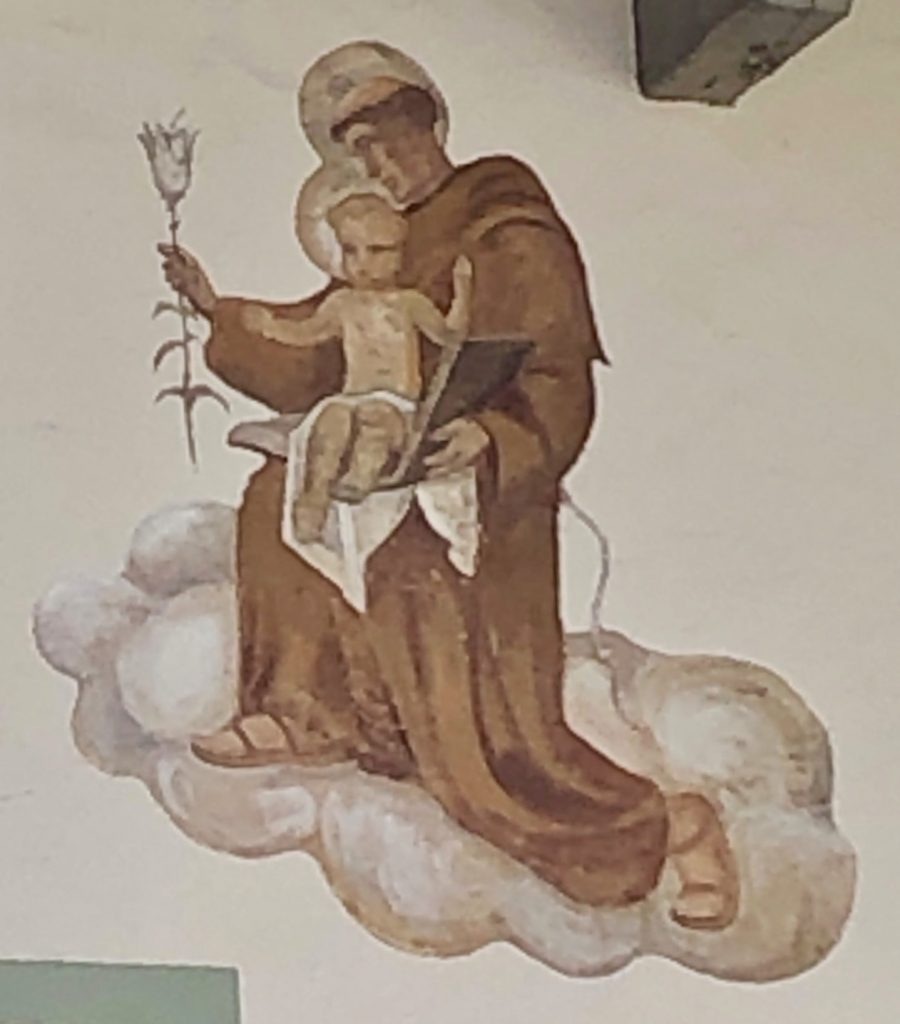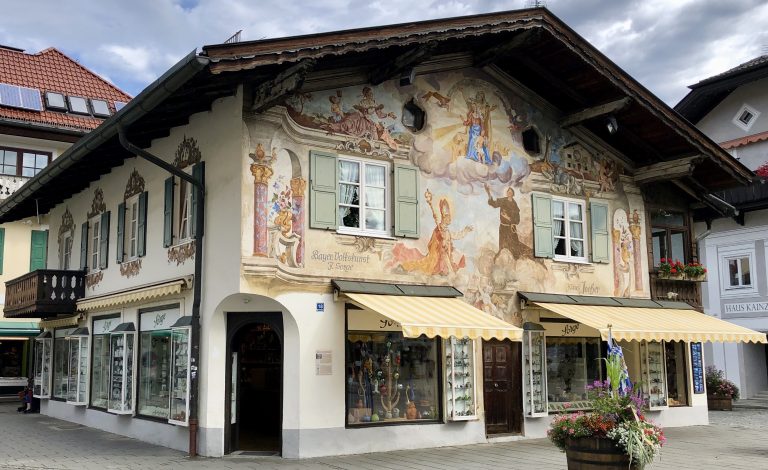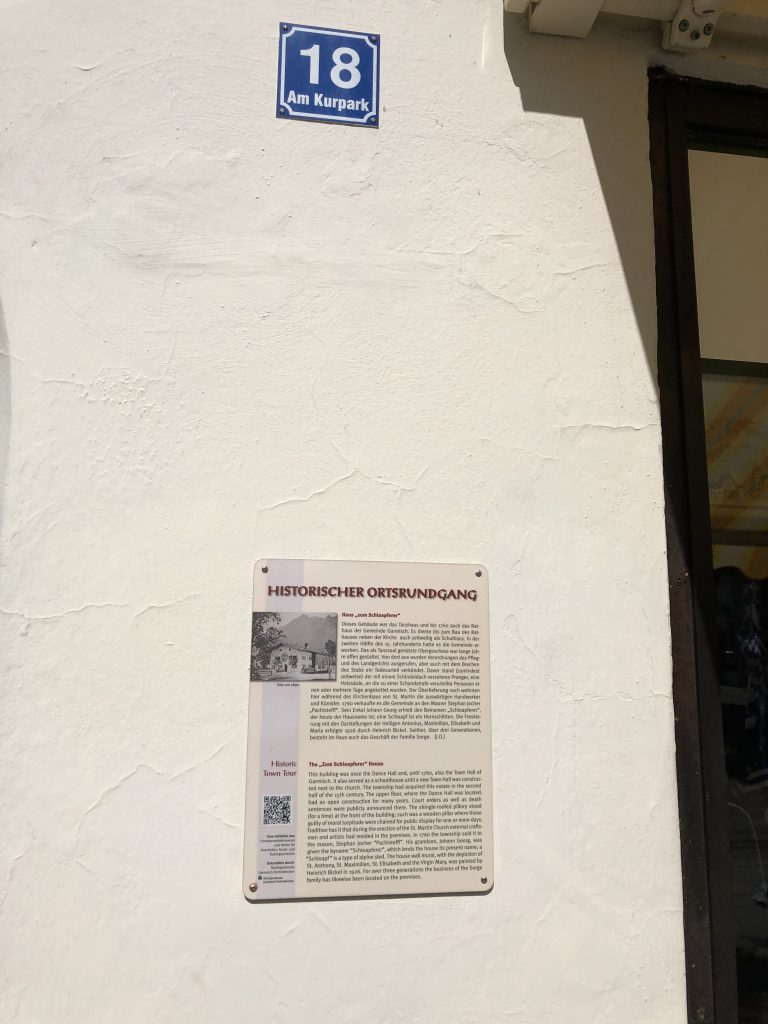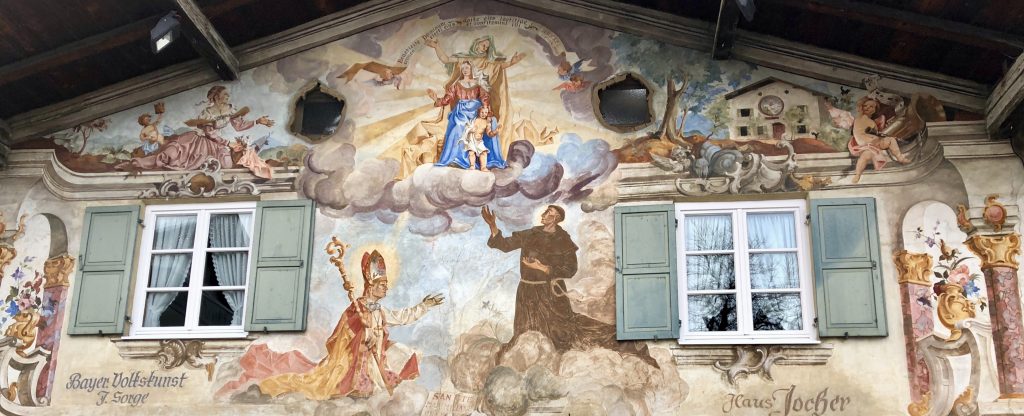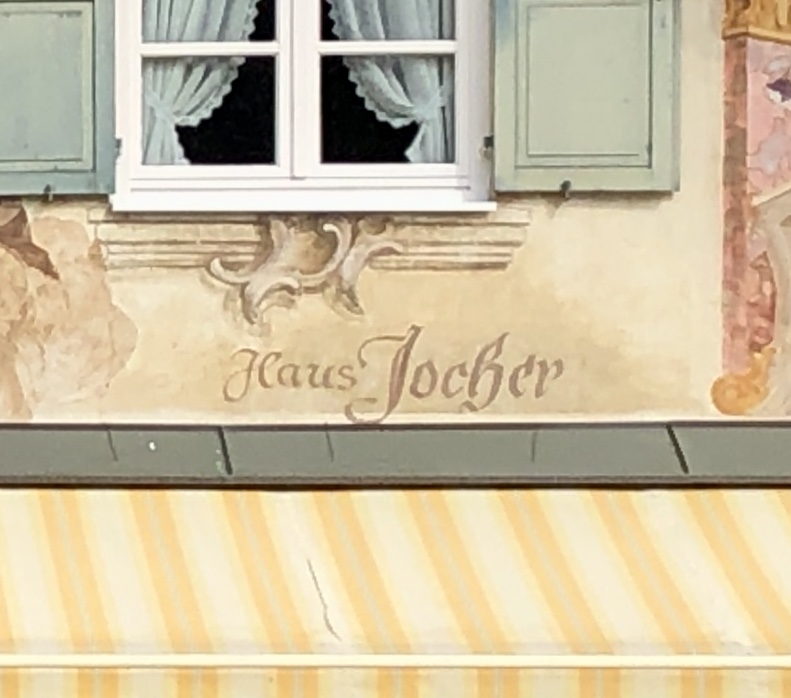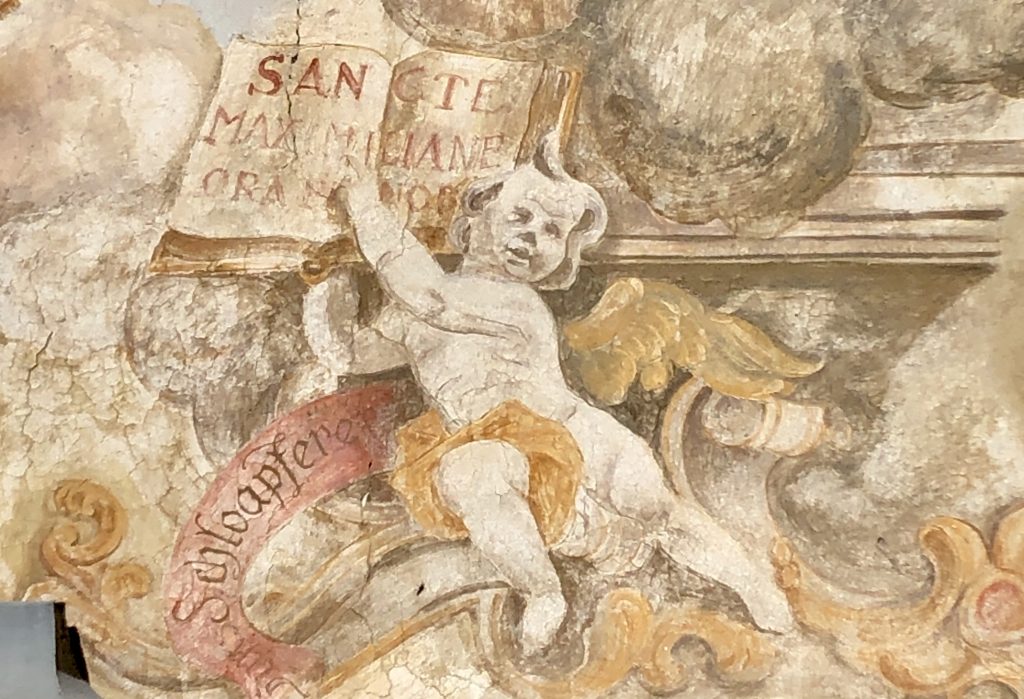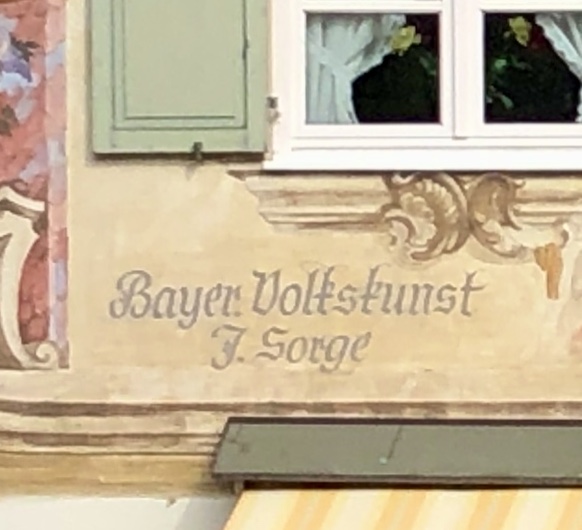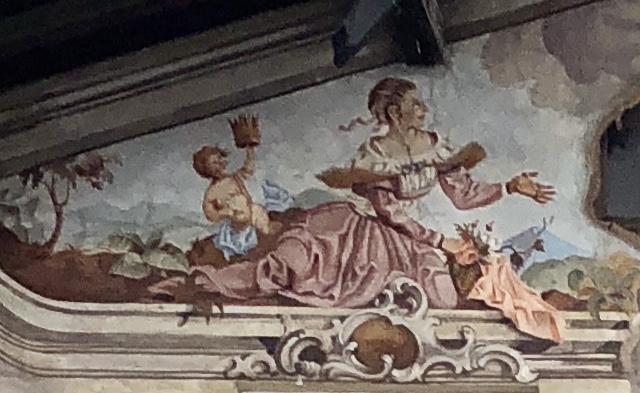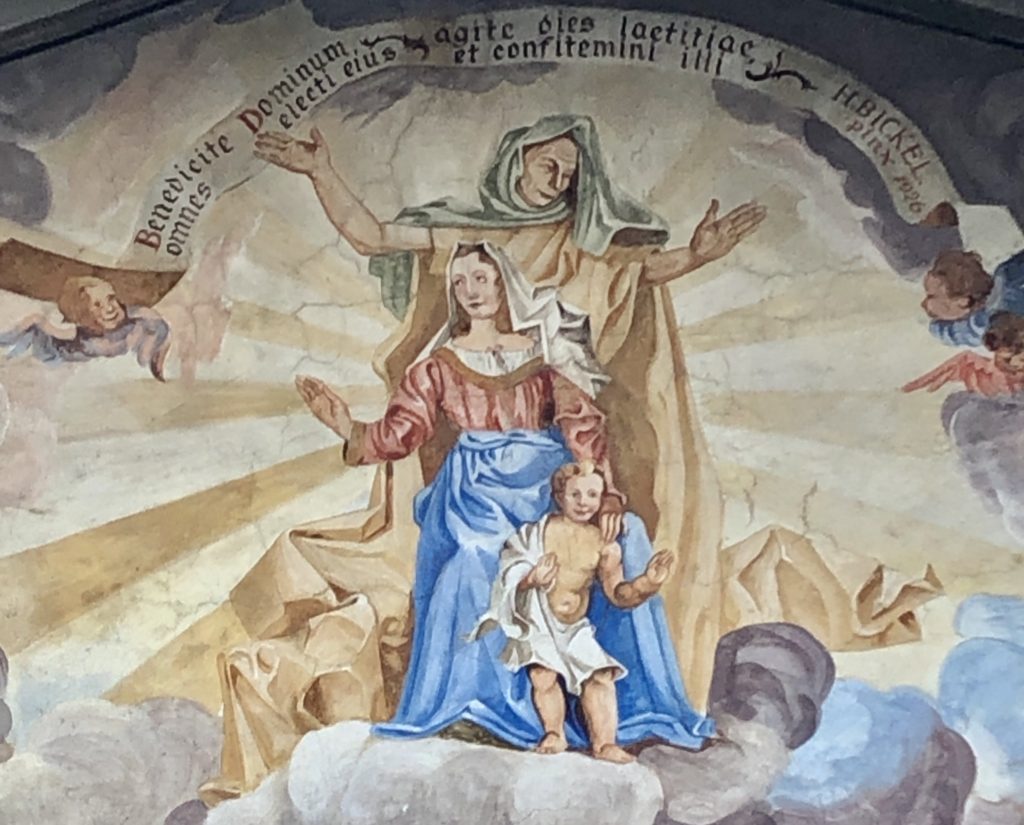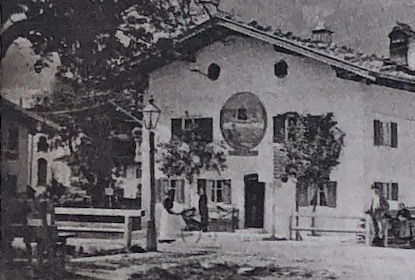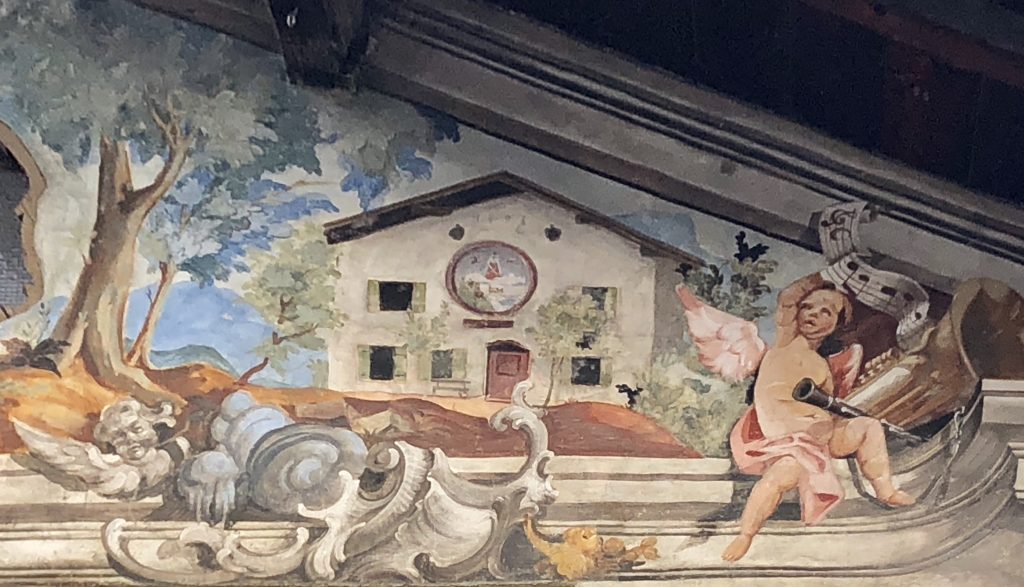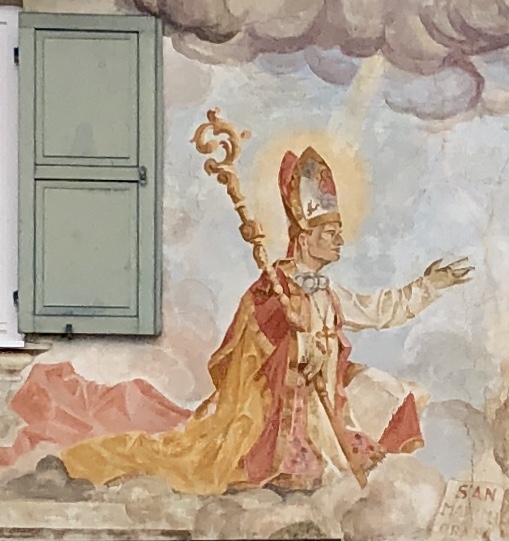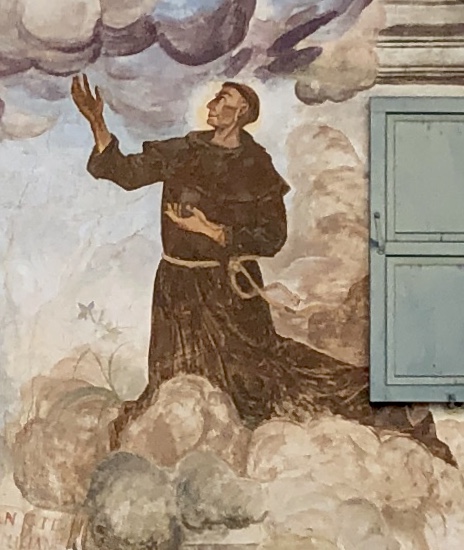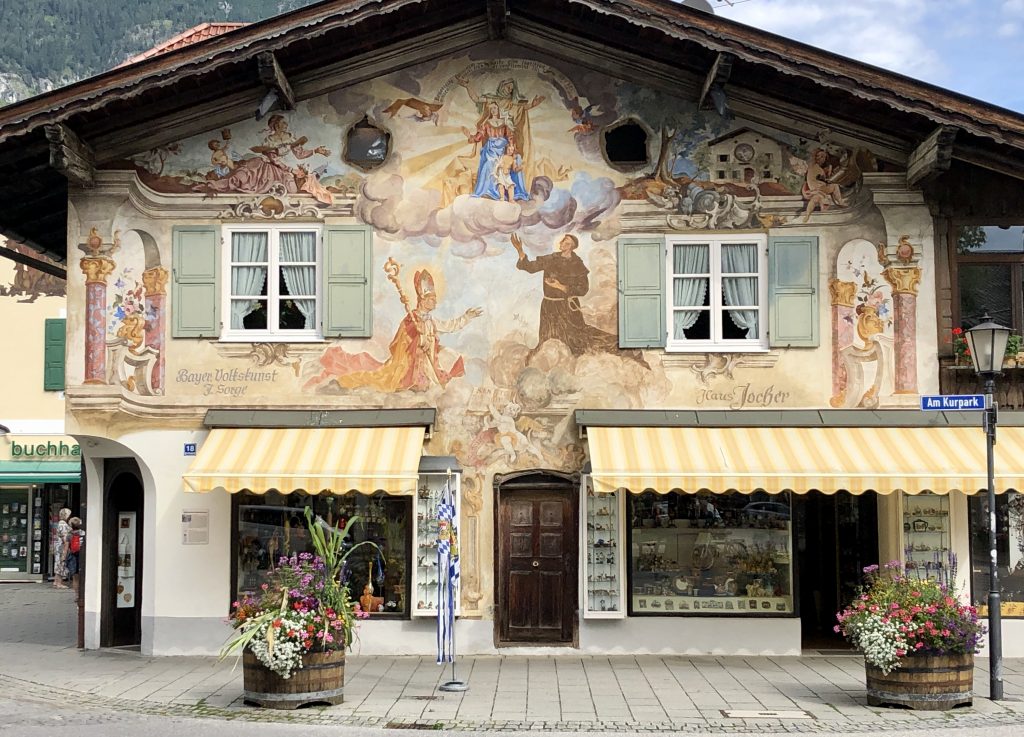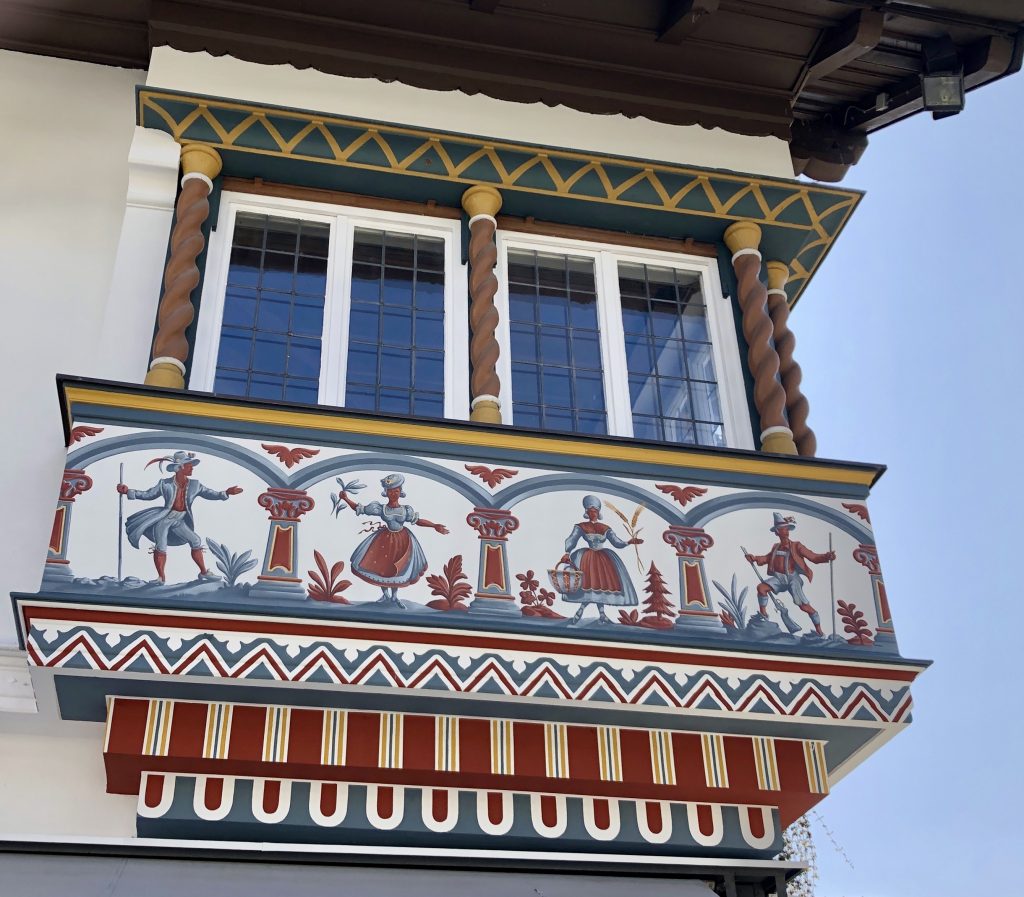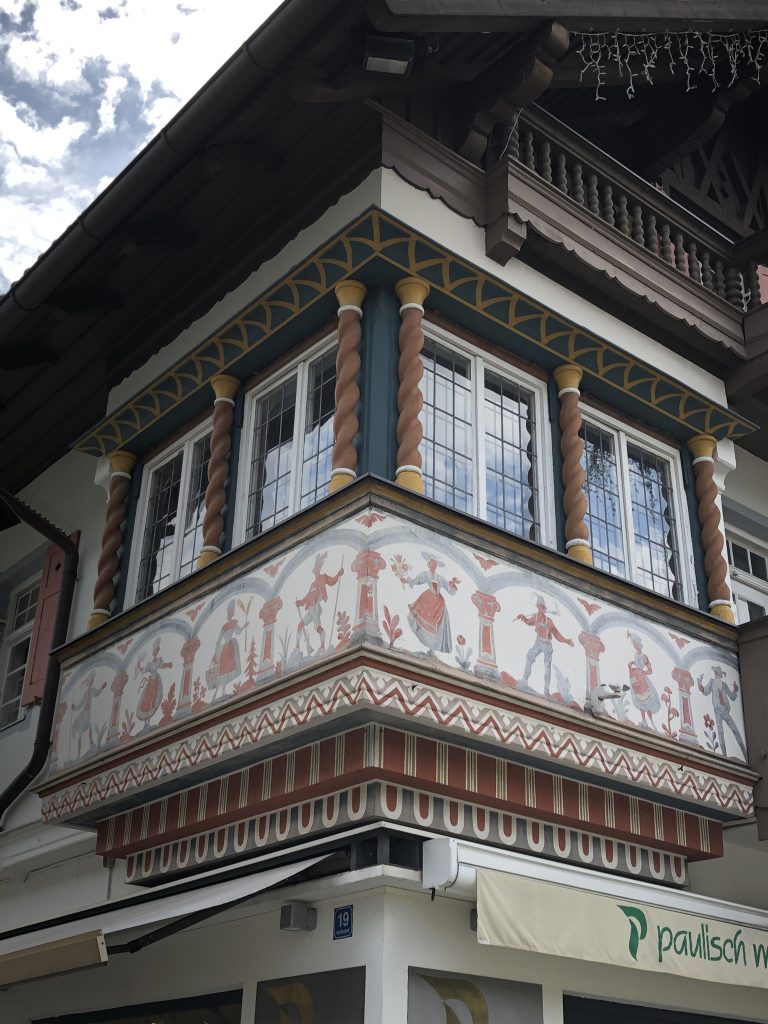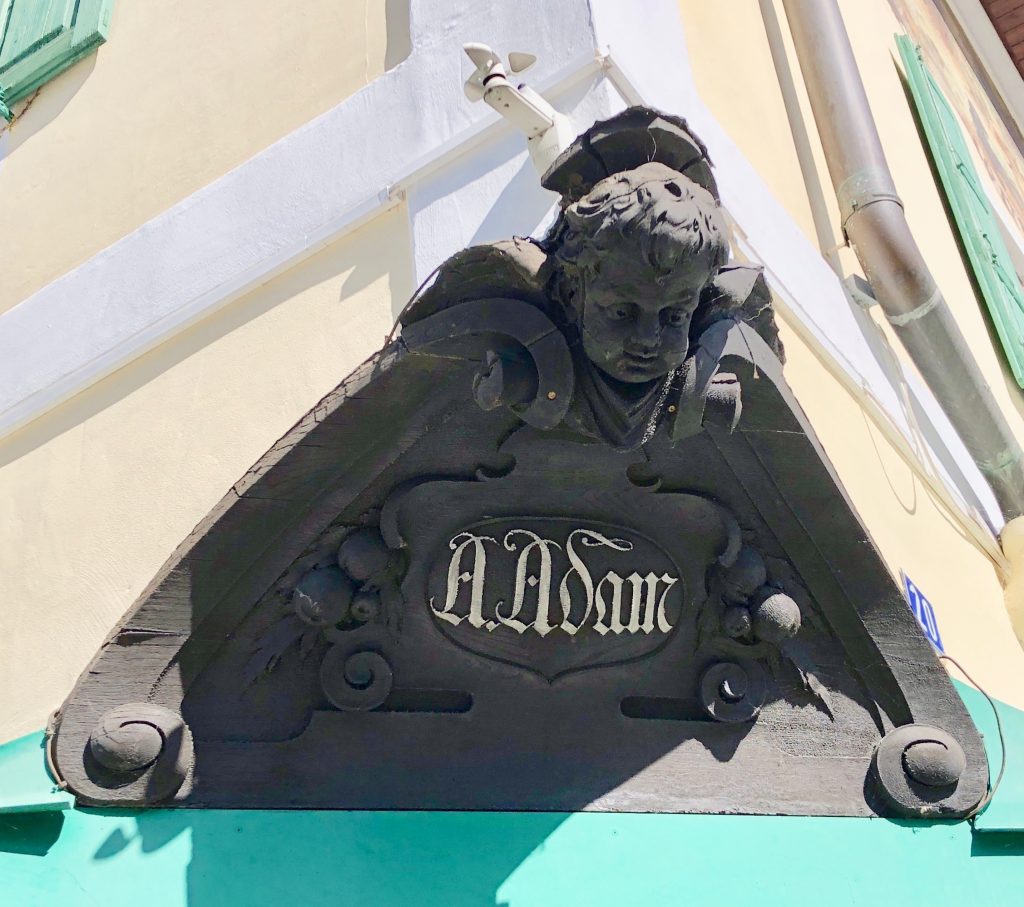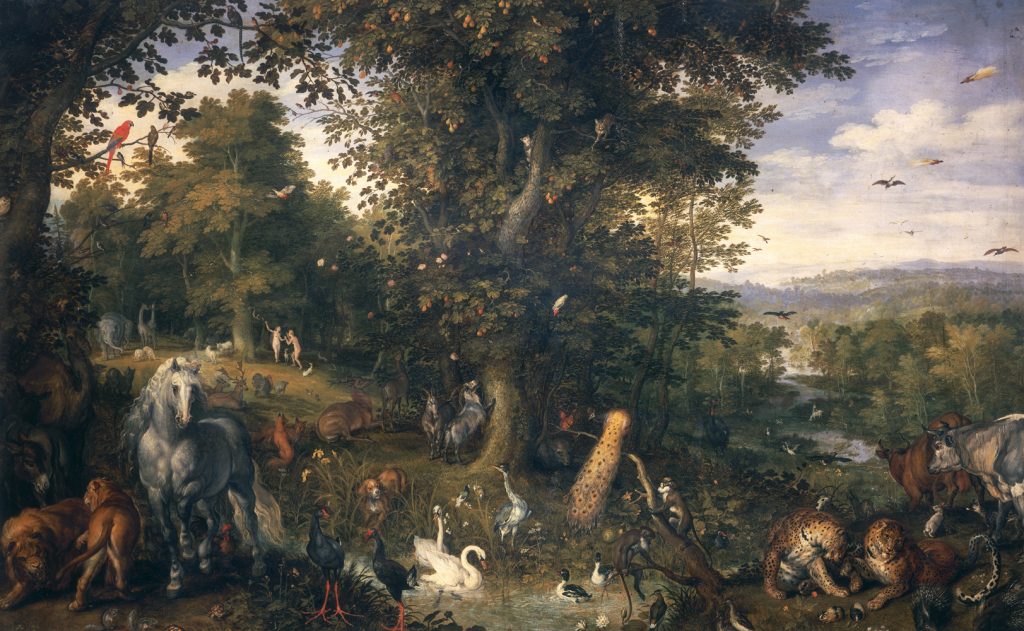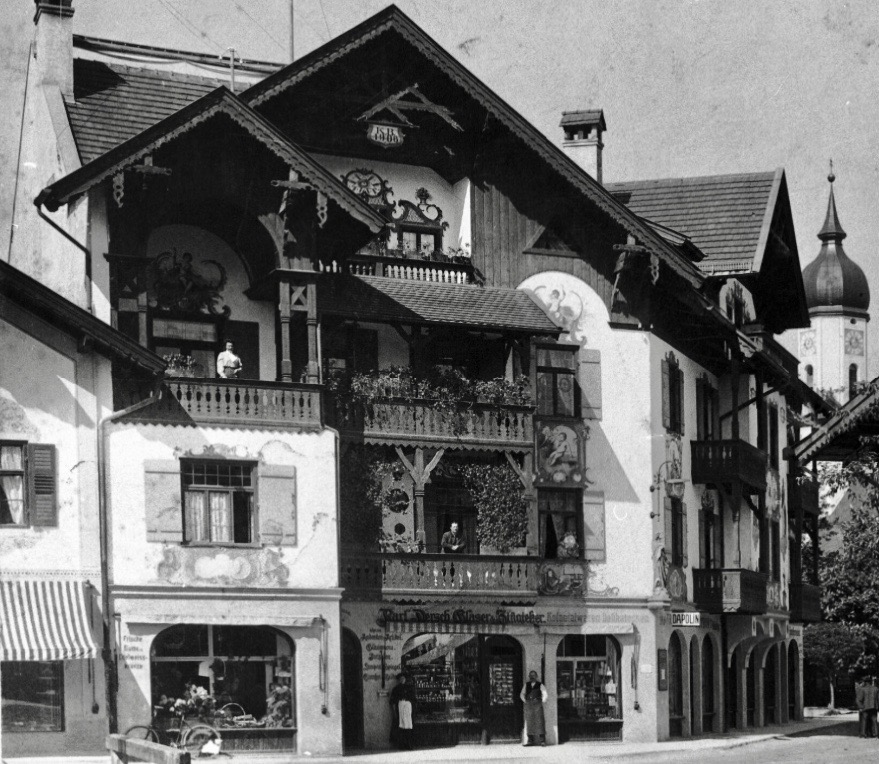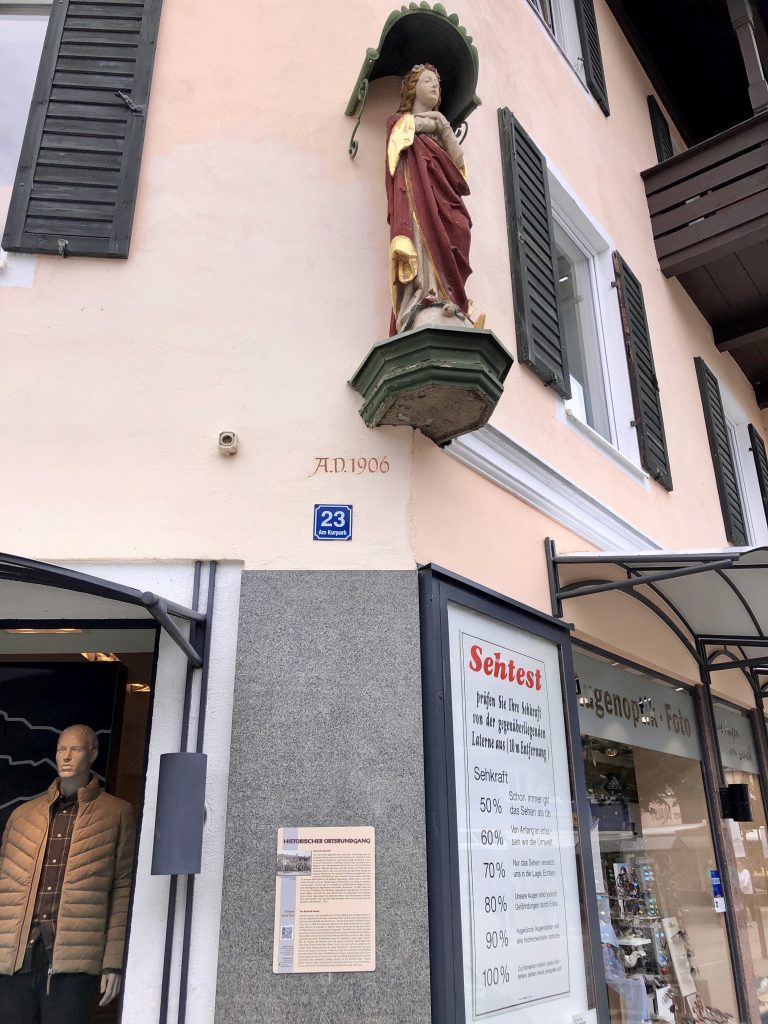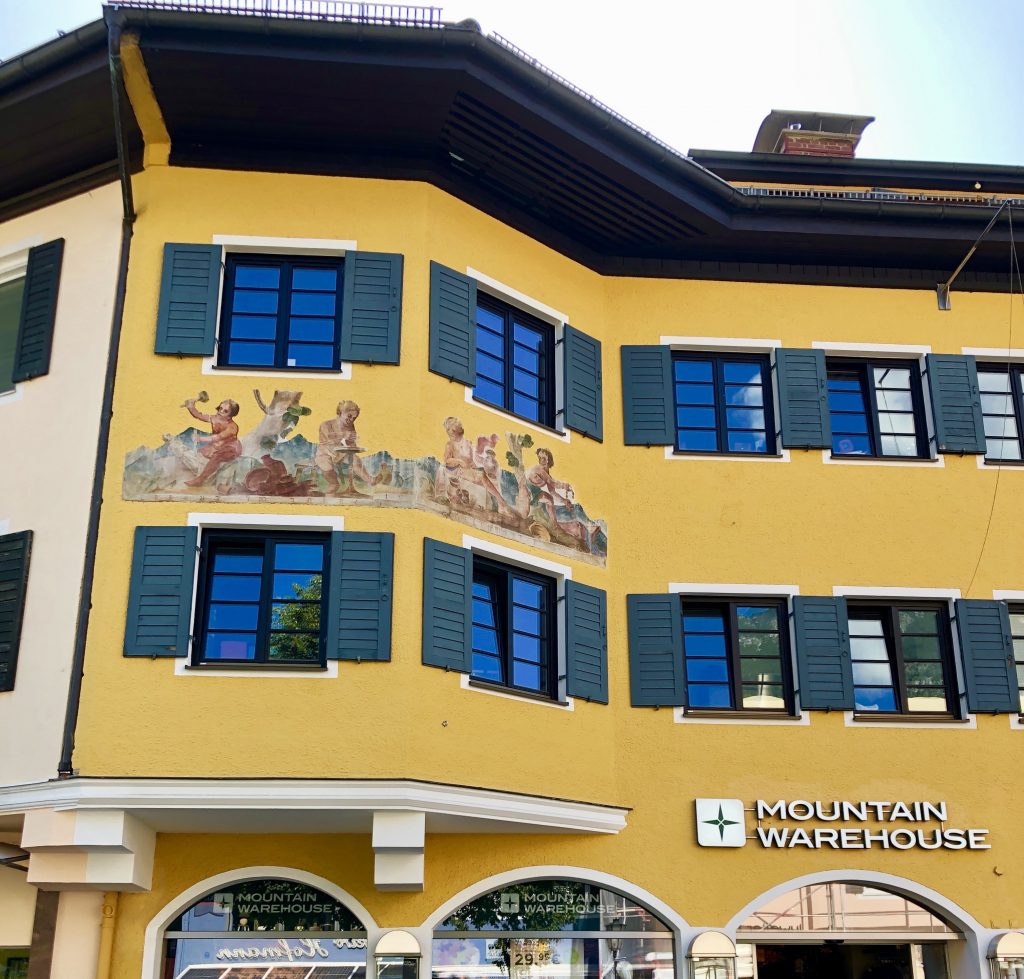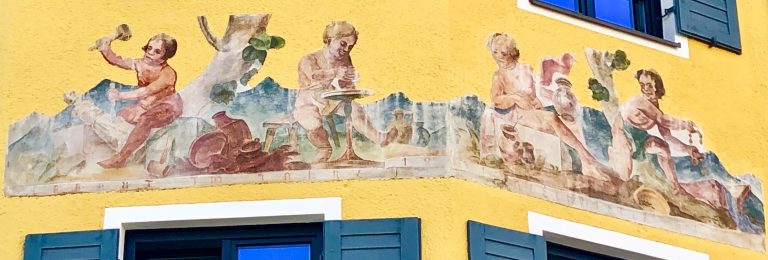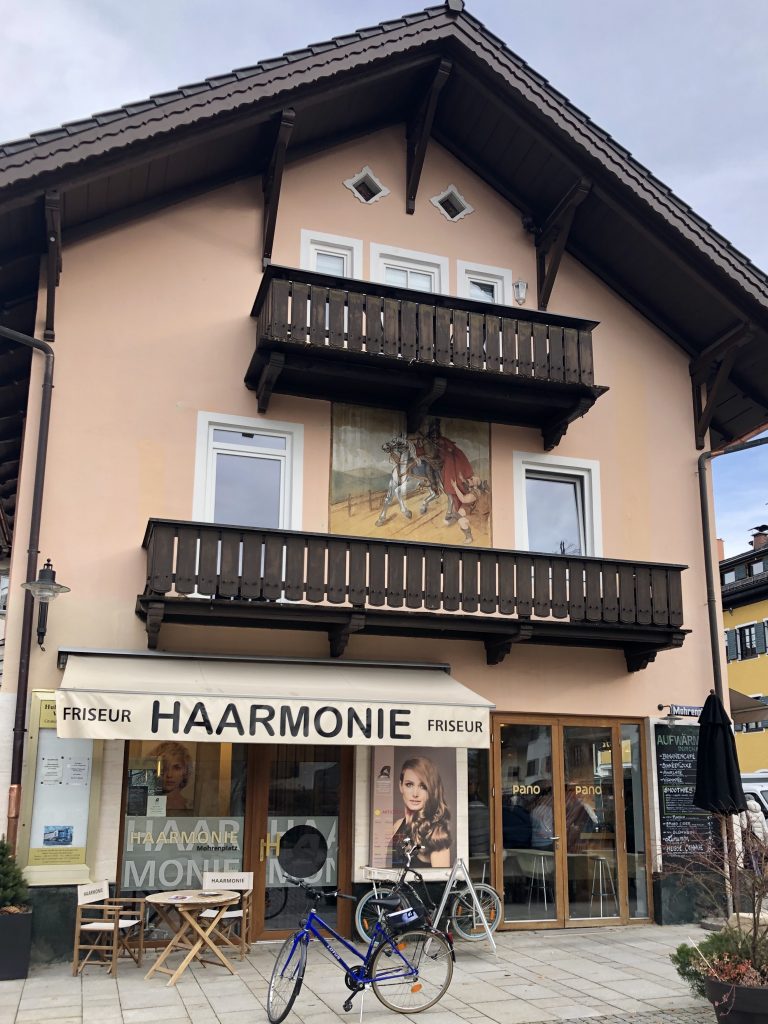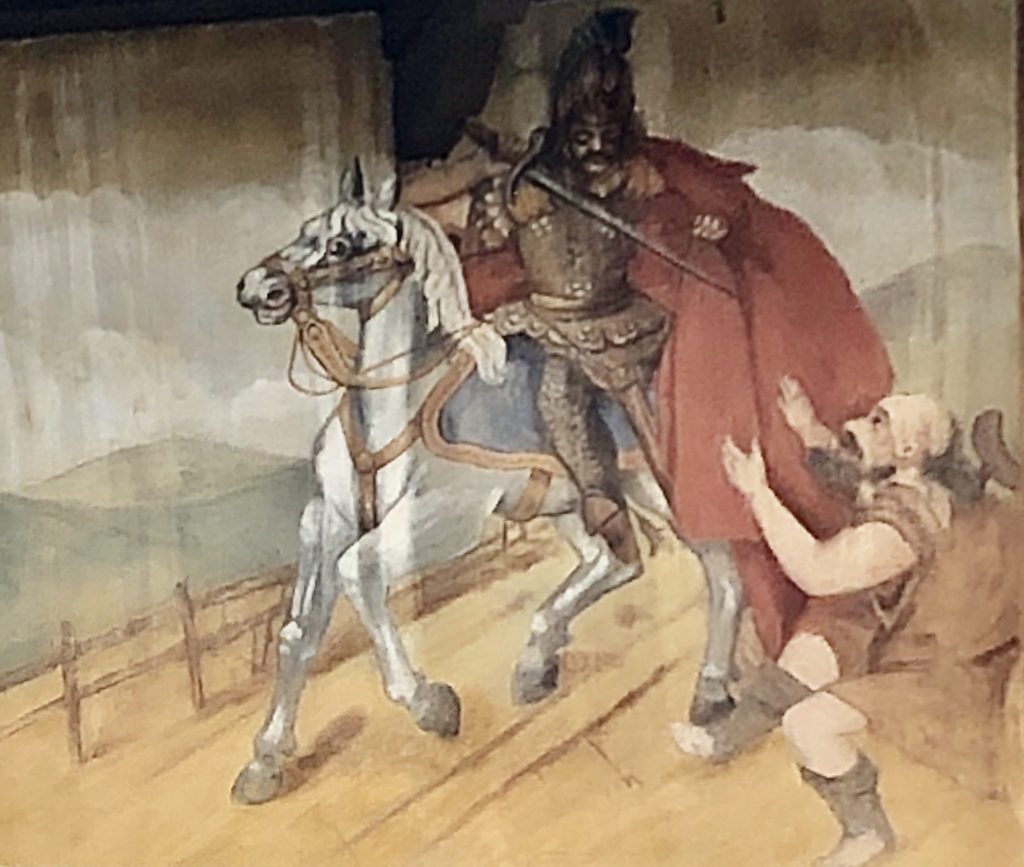- Bierl, Hermann. "Garmisch-Partenkirchen und seine Lüftlmalereien." Mohr, Löwe, Raute. Beiträge zur Geschichte des Landkreises Garmisch-Partenkirchen, Band 18, Verein für Geschichte, Kunst- und Kulturgeschichte im Landkreis Garmisch-Partenkirchen, 2020, p. 17: "028 Am Kurpark 3 Hl. Drei Könige Karl Gries".
- Bierl, Hermann. "Garmisch-Partenkirchen und seine Lüftlmalereien." Mohr, Löwe, Raute. Beiträge zur Geschichte des Landkreises Garmisch-Partenkirchen, Band 18, Verein für Geschichte, Kunst- und Kulturgeschichte im Landkreis Garmisch-Partenkirchen, 2020, p. 19: "033 Am Kurpark 11 Werdenfels Bickel ca. 1928".
- Wörndle, Franz. "Re-4: Fwd: Re-2: Homepage Lüftmaler". Message to the author. 22 September 2020. Email: "Marchlowitz, Kurt; [...] Viele seiner Werke sind im gesamten Landkreis Ga.-Pa. noch zu bewundern – z.B. [...] Am Kurpark 13 Fresko [...] (Abbildung forcheida 1992); Literatur: A1939-58, forcheida November 1991/ November 1992; (freundliche Auskunft von Herrn H.Filser, WFM); Mg: KM".
- Bierl, Hermann. "Garmisch-Partenkirchen und seine Lüftlmalereien." Mohr, Löwe, Raute. Beiträge zur Geschichte des Landkreises Garmisch-Partenkirchen, Band 18, Verein für Geschichte, Kunst- und Kulturgeschichte im Landkreis Garmisch-Partenkirchen, 2020, p. 20: "035 Am Kurpark 13 ehem. Hypotheken- und Wechselbank Patronin des Fernhandels Karl Gries".
- Bierl, Hermann. "Garmisch-Partenkirchen und seine Lüftlmalereien." Mohr, Löwe, Raute. Beiträge zur Geschichte des Landkreises Garmisch-Partenkirchen, Band 18, Verein für Geschichte, Kunst- und Kulturgeschichte im Landkreis Garmisch-Partenkirchen, 2020, p. 21: "039 Am Kurpark 14 Schuhhaus (Anton) Buchwieser Hl. Antonius Hans Sachs Eva Walther von Stolzing (aus Die Miestersinger von Nürnberg) Pfeffer 84".
- Härtl, Rudolf. Heinrich Bickel - Der Freskenmaler von Werdenfels. Adam Verlag, 1990, p. 122: "A 129 Bahnhofstraße 75, Haus Gersprach: Uhrmacher und weibl. Gestalt; Allegorie; nach 1945."
- Härtl, Rudolf. Heinrich Bickel - Der Freskenmaler von Werdenfels. Adam Verlag, 1990, p. 122: "A 44 Bahnhofstraße 77, Haus Gattinger, jetzt Günzrodt-Hüte: Büßende Magdalena, St. Antonius; Fürbitte".
- At least according to the Garmisch-Partenkirchen Tourist Office plaque on the wall, the Denkmalliste, and even the artist's own signature on the lüftlmalerei. The author of Heinrich Bickel - The Fresco Painter from Werdenfels noted, incorrectly, that it was painted in 1928.
Historischer Ortsrundgang: Haus „zum Schloapferer" / Historic Town Tour: The "zum Schloapferer" House (Plaque on the wall of Am Kurpark 18). Garmisch-Partenkirchen, Germany, Fremdenverkehrsverein und Verein für Geschichte, Kunst- und Kulturgeschichte.
Bayerisches Landesamt für Denkmalpflege. Denkmalliste, Markt Garmisch-Partenkirchen. 4 August 2020, www.geodaten.bayern.de/denkmal_static_data/externe_denkmalliste/pdf/denkmalliste_merge_180117.pdf, p. 5: "D-1-80-117-25 Am Kurpark 18. Wohn- und Geschäftshaus, zweigeschossiger freistehender Flachsatteldachbau, Ende 18. Jh., Fassadenmalereien von Heinrich Bickel 1926."
Härtl, Rudolf. Heinrich Bickel - Der Freskenmaler von Werdenfels. Adam Verlag, 1990, p. 12: "Der Hl. Franziskus am Sorgehaus in Garmisch um 1928"; and p. 121: "A 7 Bahnhofstraße 85, „Sorgehaus” (Hausname „Schloapferer”) Hl. Franziskus, 1 Bischof, anbetend vor Maria und Jesusking; Frauengestalt, Scheinarchitektur, Hausdarstellung; 1928."
- Historischer Ortsrundgang: Haus „zum Schloapferer" / Historic Town Tour: The "zum Schloapferer" House (Plaque on the wall of Am Kurpark 18). Garmisch-Partenkirchen, Germany, Fremdenverkehrsverein und Verein für Geschichte, Kunst- und Kulturgeschichte.
- Historischer Ortsrundgang: Haus „zum Schloapferer" / Historic Town Tour: The "zum Schloapferer" House (Plaque on the wall of Am Kurpark 18). Garmisch-Partenkirchen, Germany, Fremdenverkehrsverein und Verein für Geschichte, Kunst- und Kulturgeschichte.
- Historischer Ortsrundgang: Haus „zum Schloapferer" / Historic Town Tour: The "zum Schloapferer" House (Plaque on the wall of Am Kurpark 18). Garmisch-Partenkirchen, Germany, Fremdenverkehrsverein und Verein für Geschichte, Kunst- und Kulturgeschichte.
- Tobit 13:10.
- King James Version.
- Härtl, Rudolf. Heinrich Bickel - Der Freskenmaler von Werdenfels. Adam Verlag, 1990, p. 92-93: "Auch die Komposition des „Paradies” (Adamhaus) läßt Einheitlichkeit vermissen und zerfällt deshalb in zahlreiche, wenn auch schön und liebevoll gemalte Einzelepisoden. Angeregt wurde diese Darstellung von einem Bild Jan Brueghels d.Ä., das sich heute in der „Alten Pinakothek” in München befindet."
- Bayerisches Landesamt für Denkmalpflege. Denkmalliste, Markt Garmisch-Partenkirchen. 4 August 2020, www.geodaten.bayern.de/denkmal_static_data/externe_denkmalliste/pdf/denkmalliste_merge_180117.pdf, p. 6: "D-1-80-117-26 Am Kurpark 23. Hausmadonna, neugotische Steinfigur unter blechernem Wettermantel, um 1900."
- Härtl, Rudolf. Heinrich Bickel - Der Freskenmaler von Werdenfels. Adam Verlag, 1990, p. 121: "A 13 Bahnhofstraße 85, Geschenkhaus Sorge: Putten als Handwerker, Steinbildhauer mit Töpferscheibe und als Goldschmied. Spruchband „Erbaut mit Jahre 1931 Geschw. Sorge”; 1931."
Lüftlmalerei
A street by street guide to the fresco and facade paintings in the Garmisch-Partenkirchen district
